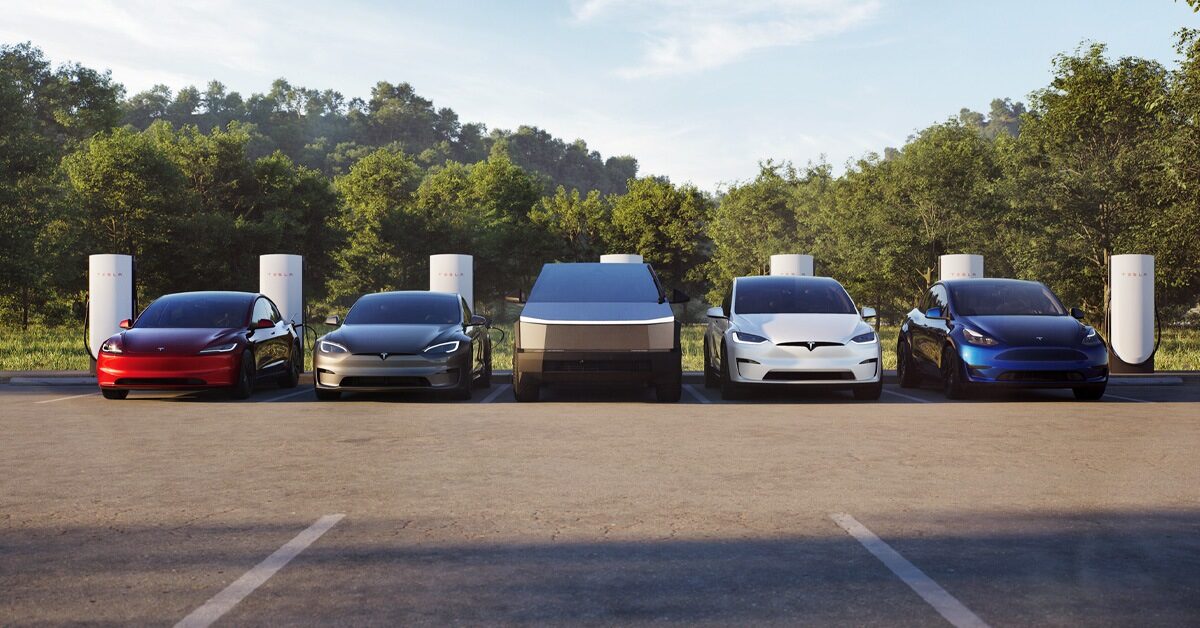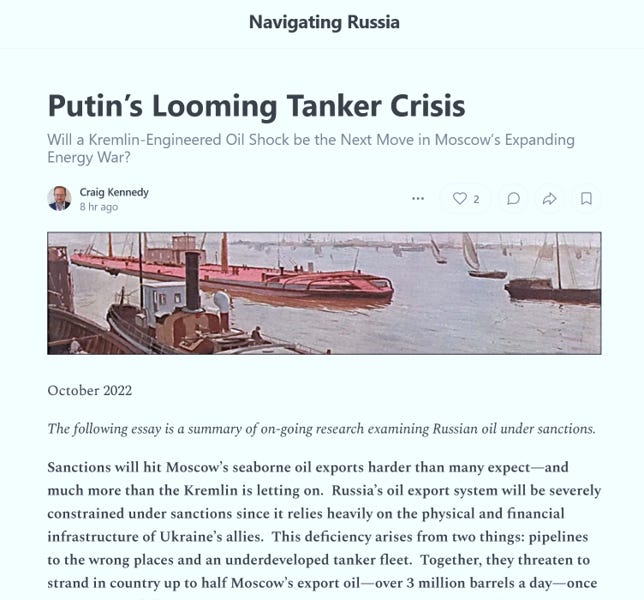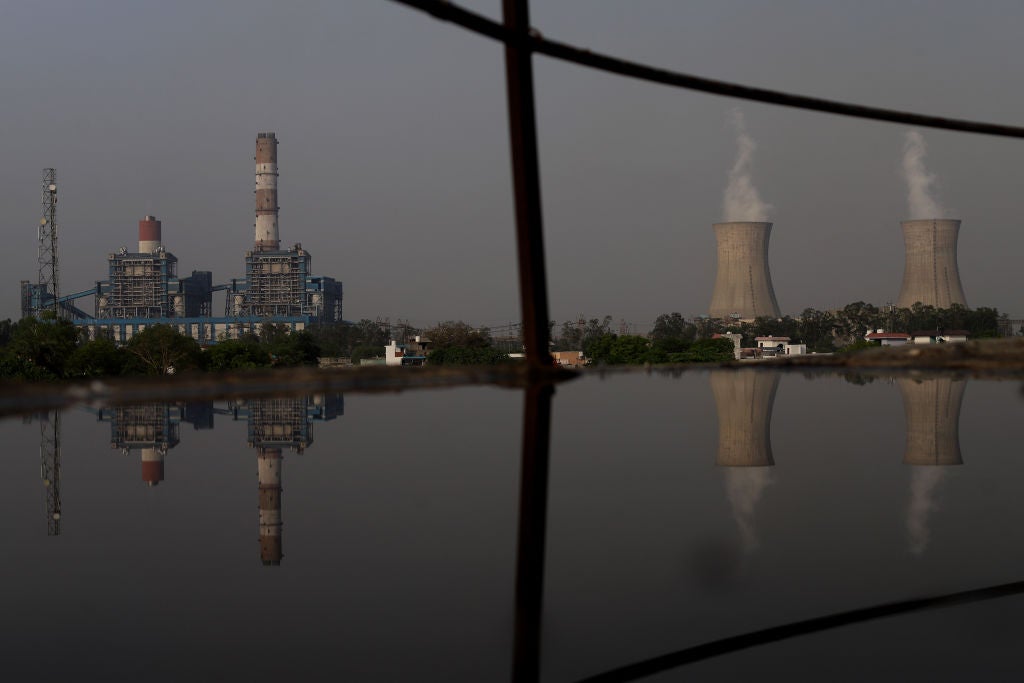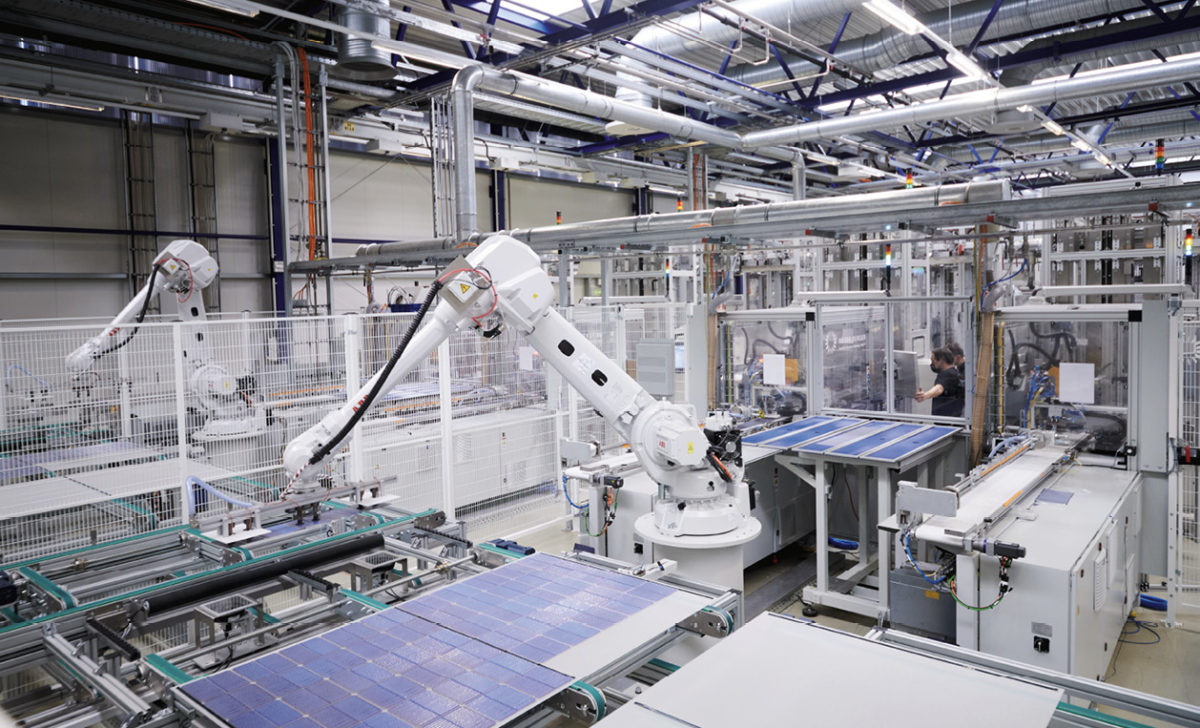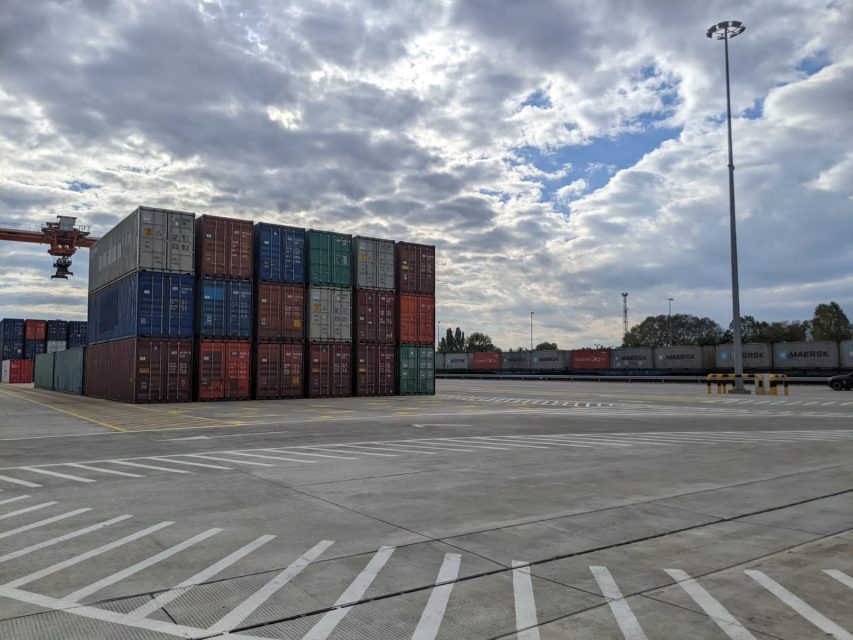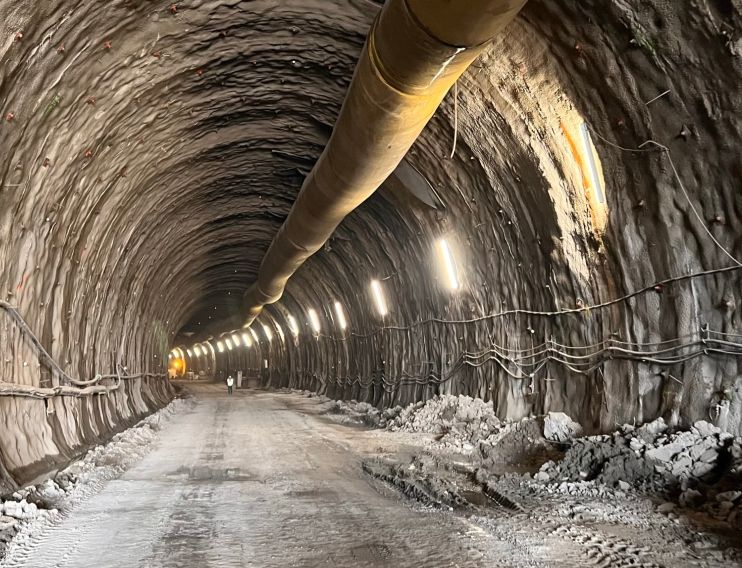In fairness to Norway, they are only doing what the world as a whole should be doing. Taking the profits (industry and modern civilization, not XOM's earnings) from fossils, which the entire world runs on, and switching to renewables. Is there any other way to manage this?Yes.
I can be emphatic in my answer because I have designed (and built) these systems for many years, and they are scale-neutral. Actually scale is to an extent advantageous.
Whether it would be economically sensible is a different matter. As I have often pointed out to clients, getting the last 10% or 2% or 1% of fossil fuels out of a system is very expensive and often not economically justifiable.
For a large country the existing fossil fuel generators on the electrical grid (esp any 'simple' gas turbines) can be used to provide quick-response reserve so as to get to (say) 90% more easily than trying to get to 100%.
One should try to keep a sense of balance in these things.
*** BUT *** for a country to go fully renewable energy, as opposed to 'just' a fully renewable electricity grid, then they would also need to switch all of their vehicles to BEV and build a certain amount (less than you'd think) of extra renewables generation and grid infrastructure. Also all the heating/cooling in buildings would need to shift across to electric heat pumps. Again that can be done, and could be done by 2035, but does increase the economic challenge.
Some countries are making good progress - take a look at Fig 2 in this. Personally I'd ignore Norway as it is somewhat hypocritical to be claiming to be running your country on 75% renewables when th eentire economy depends on pulling fossil fuels out of the ground. But as you can see good progress is being made.
Share of energy consumption from renewable sources in Europe
The share of energy consumed in the EU during 2022 generated from renewable sources was 23%. This increase, from a level of 21.9% in 2021, was largely driven by a strong growth in solar power. The share is also amplified by a 2022 reduction in non-renewable energy consumption linked to high...www.eea.europa.eu
Norway's hypocrisy could be singled out if they do not finish the job at home and then not go out of their way to help do the same elsewhere.




/cloudfront-us-east-2.images.arcpublishing.com/reuters/NAOOCSSAFNMFXKJXFW3DICJOY4.jpg)
/cloudfront-us-east-2.images.arcpublishing.com/reuters/VA5HEOZM2NOMDOR2QIVYTWHTRI.jpg)



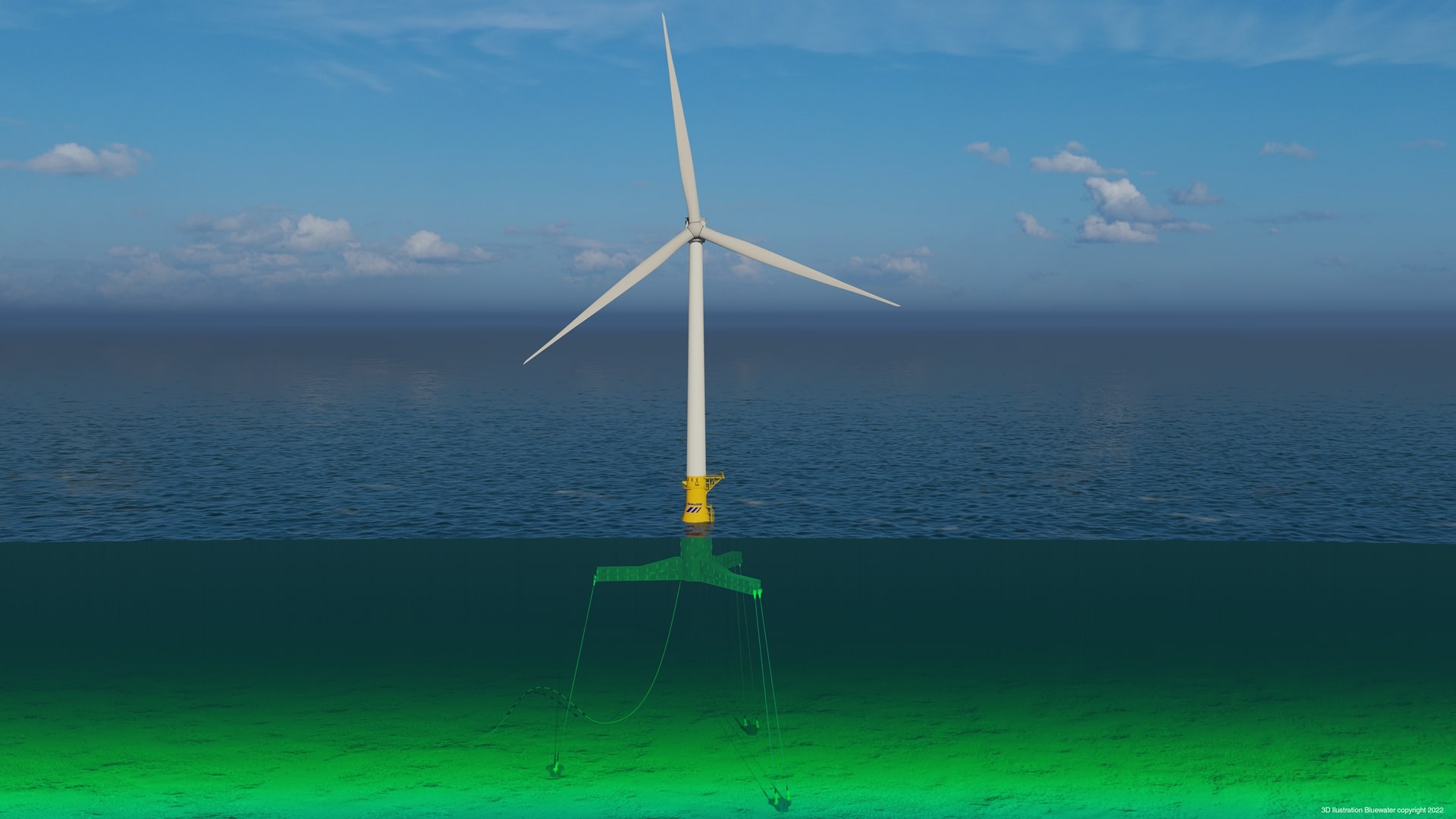
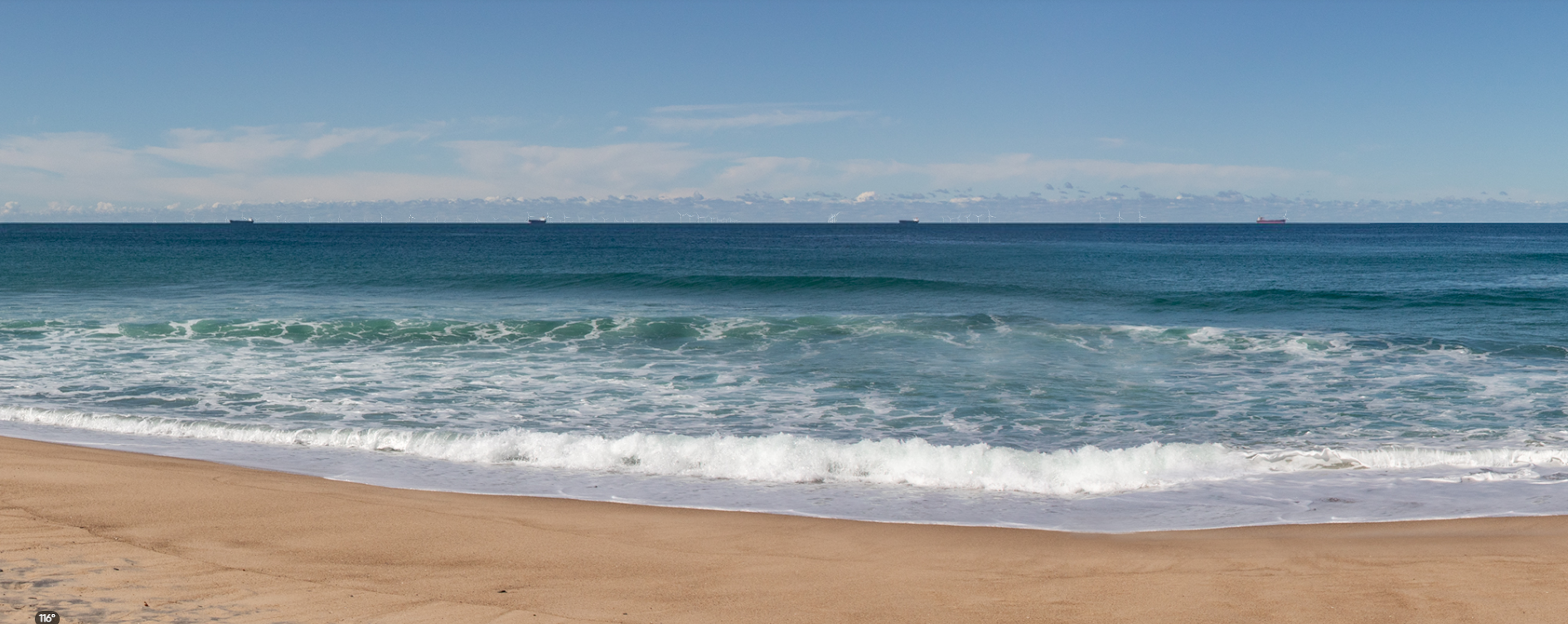

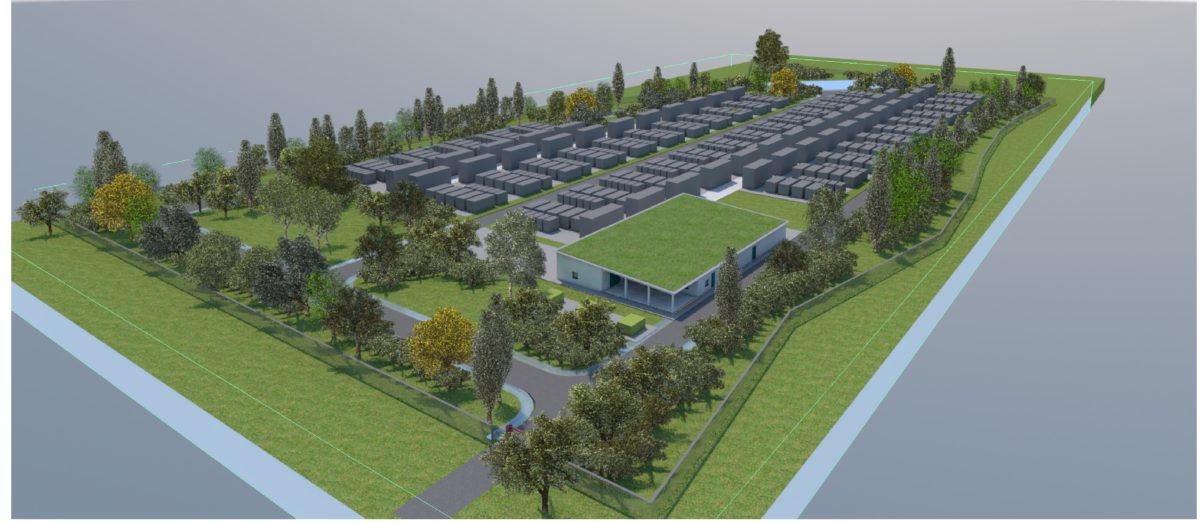


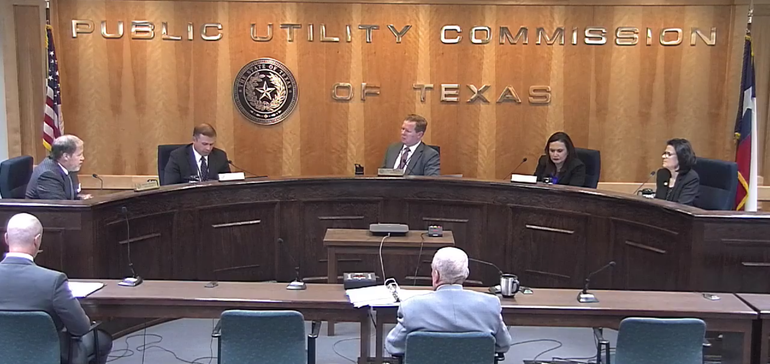

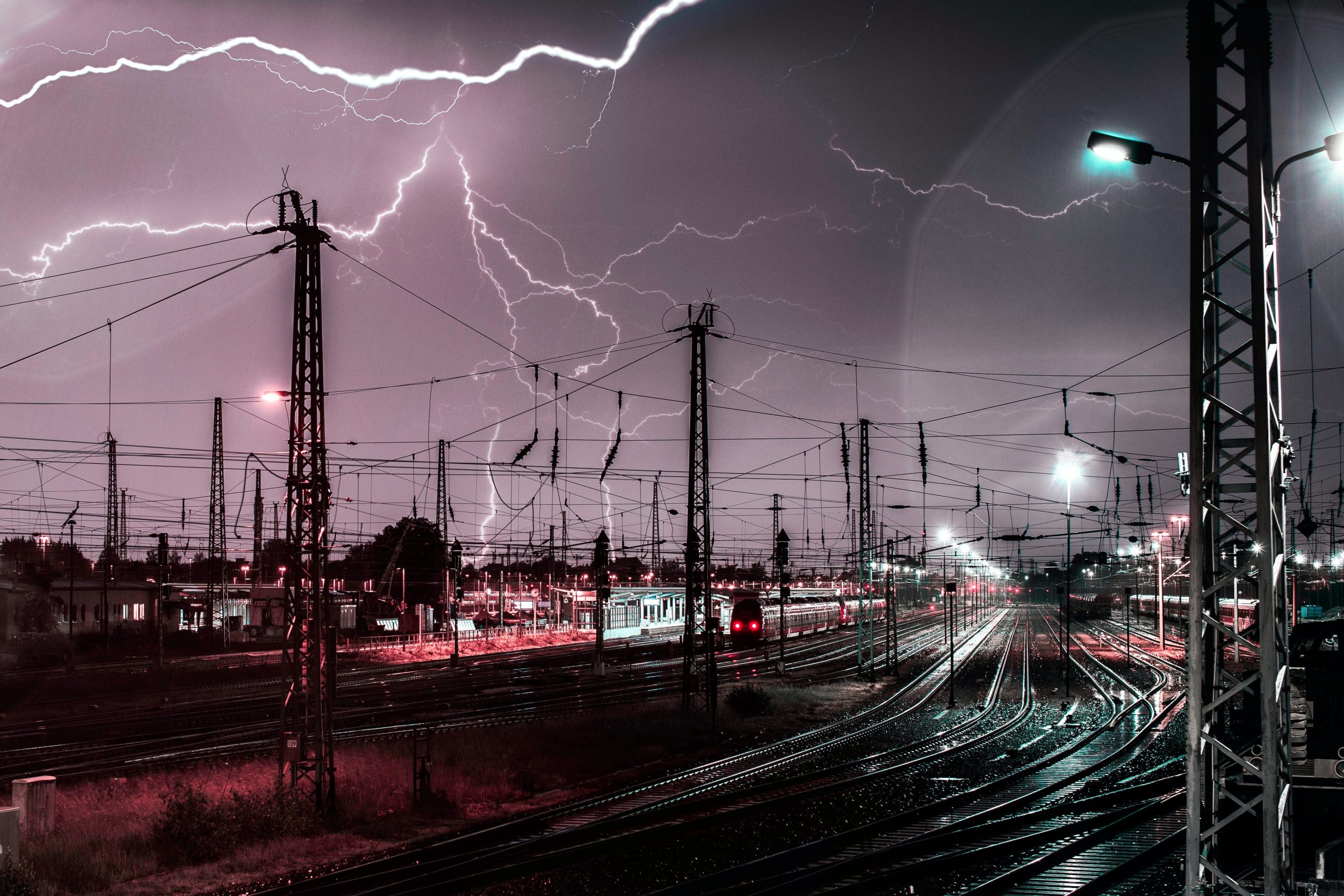
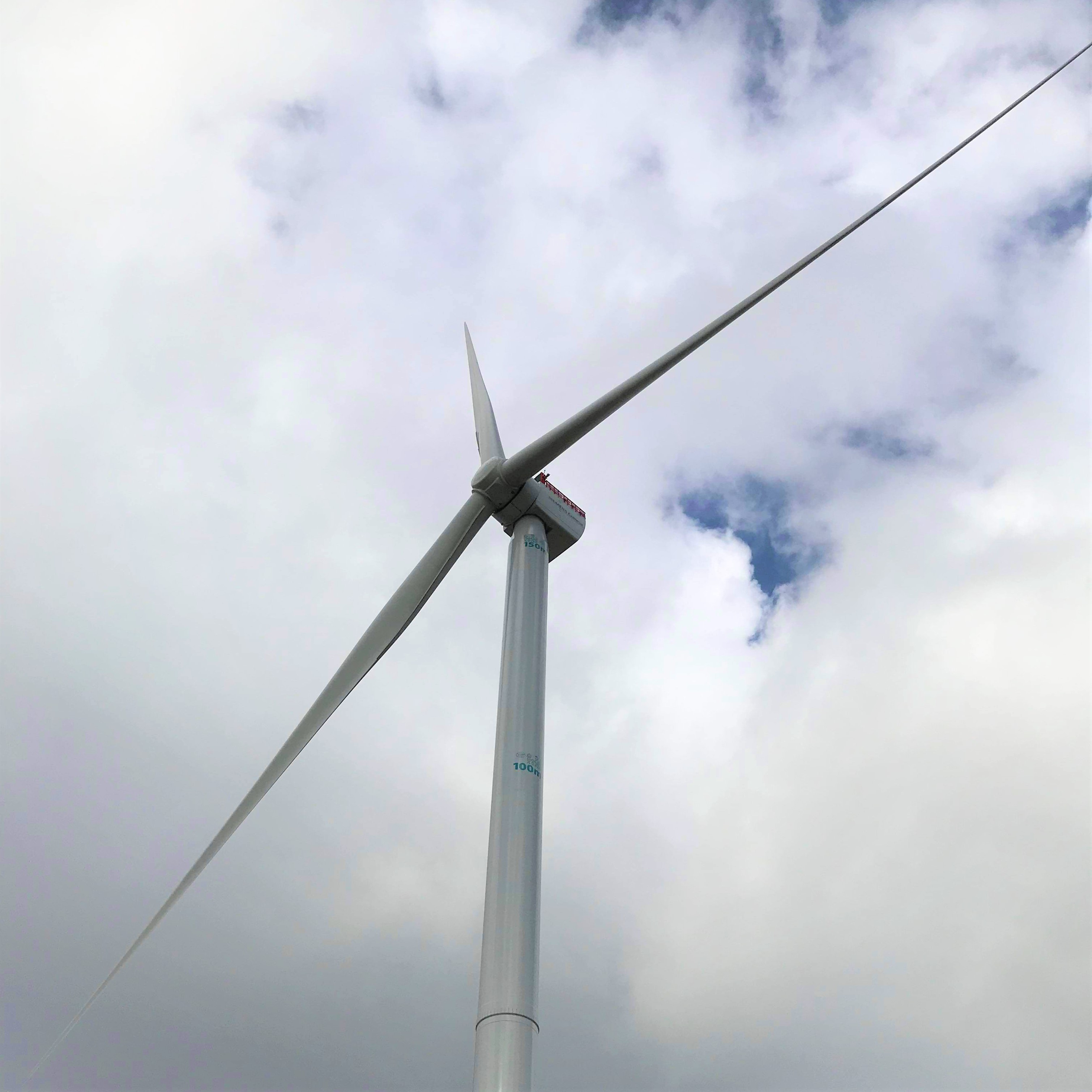

/cloudfront-us-east-2.images.arcpublishing.com/reuters/NLJEYKGSRFJPLB5ND4W4R3QTAA.jpg)

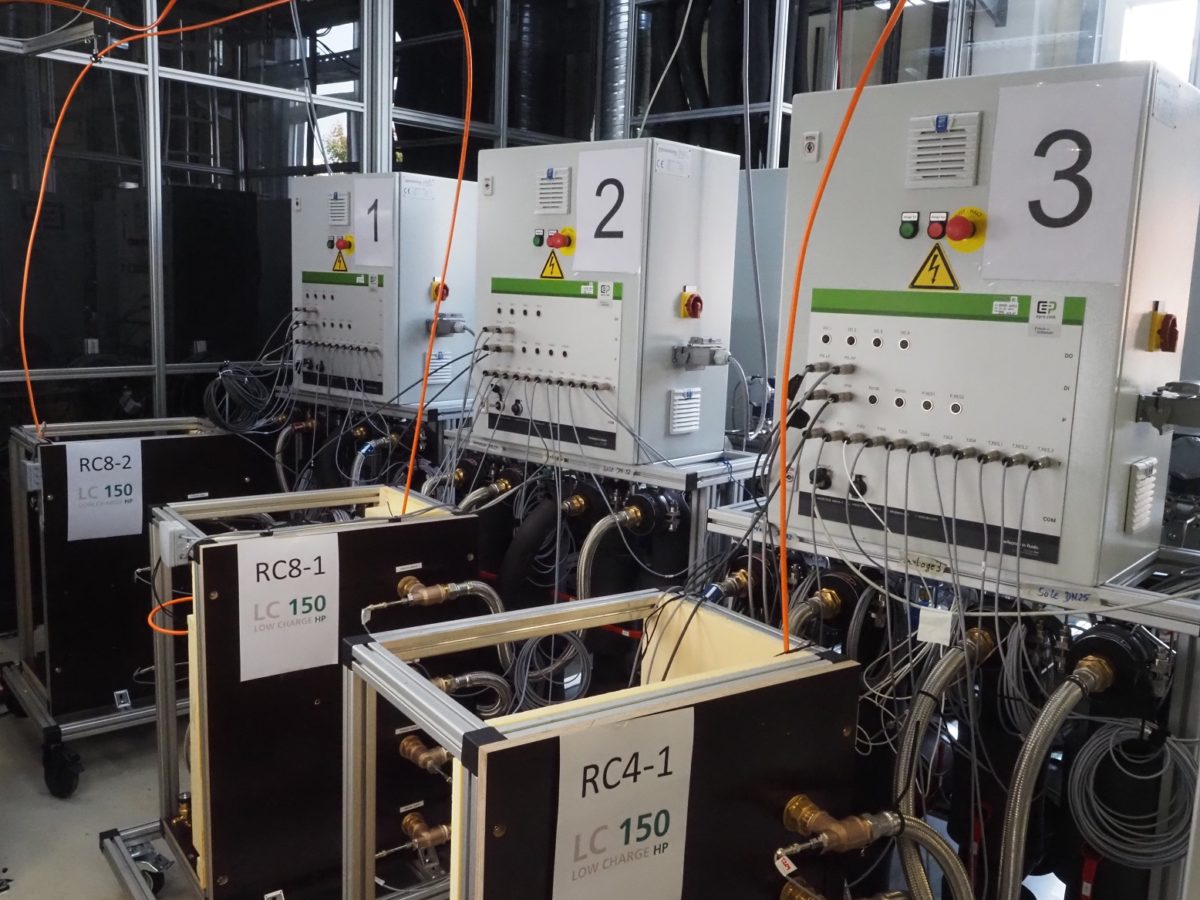
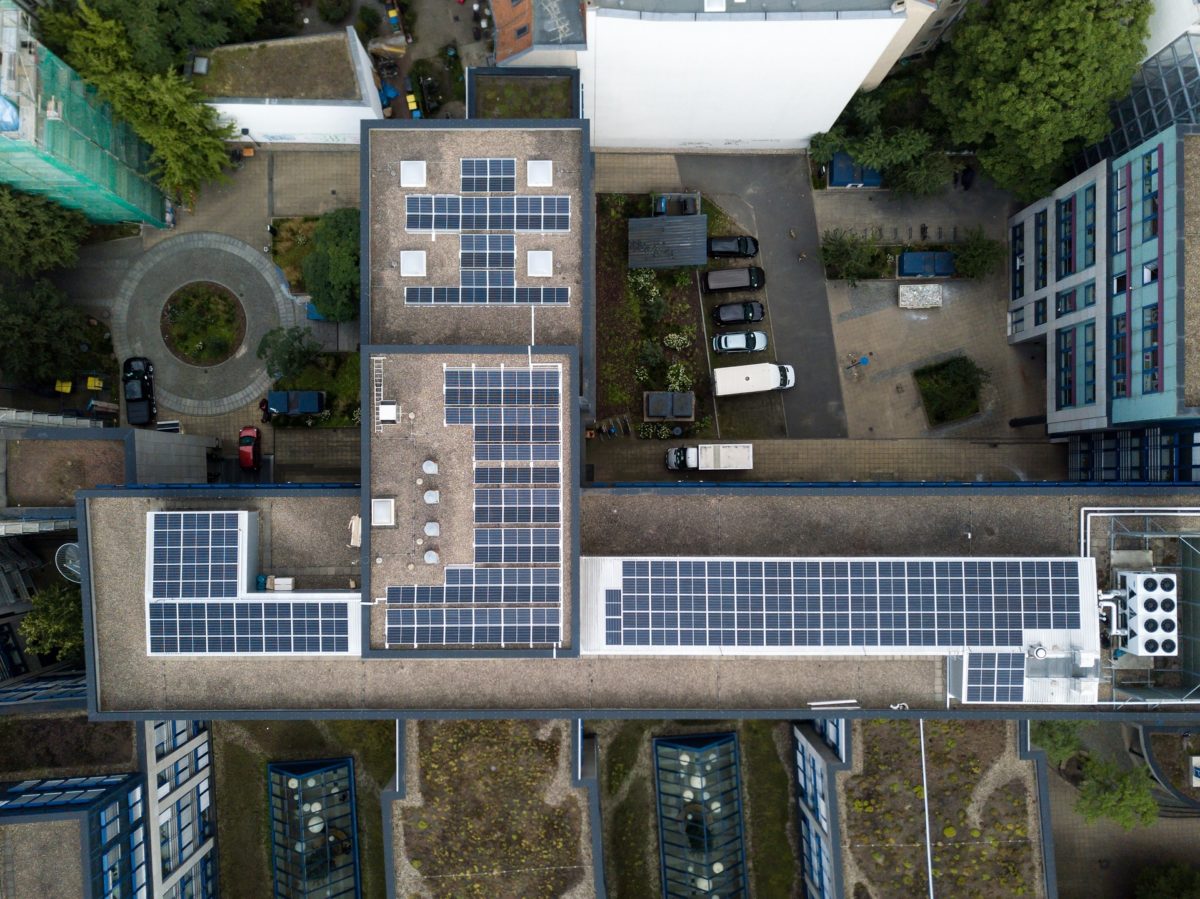
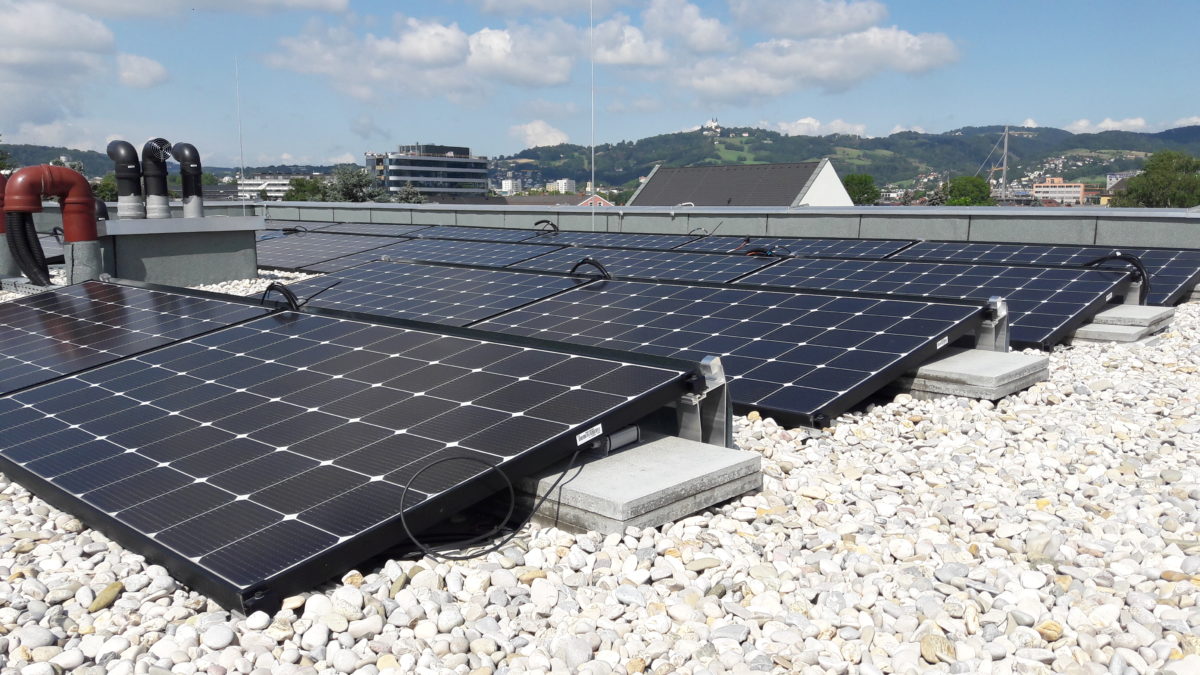
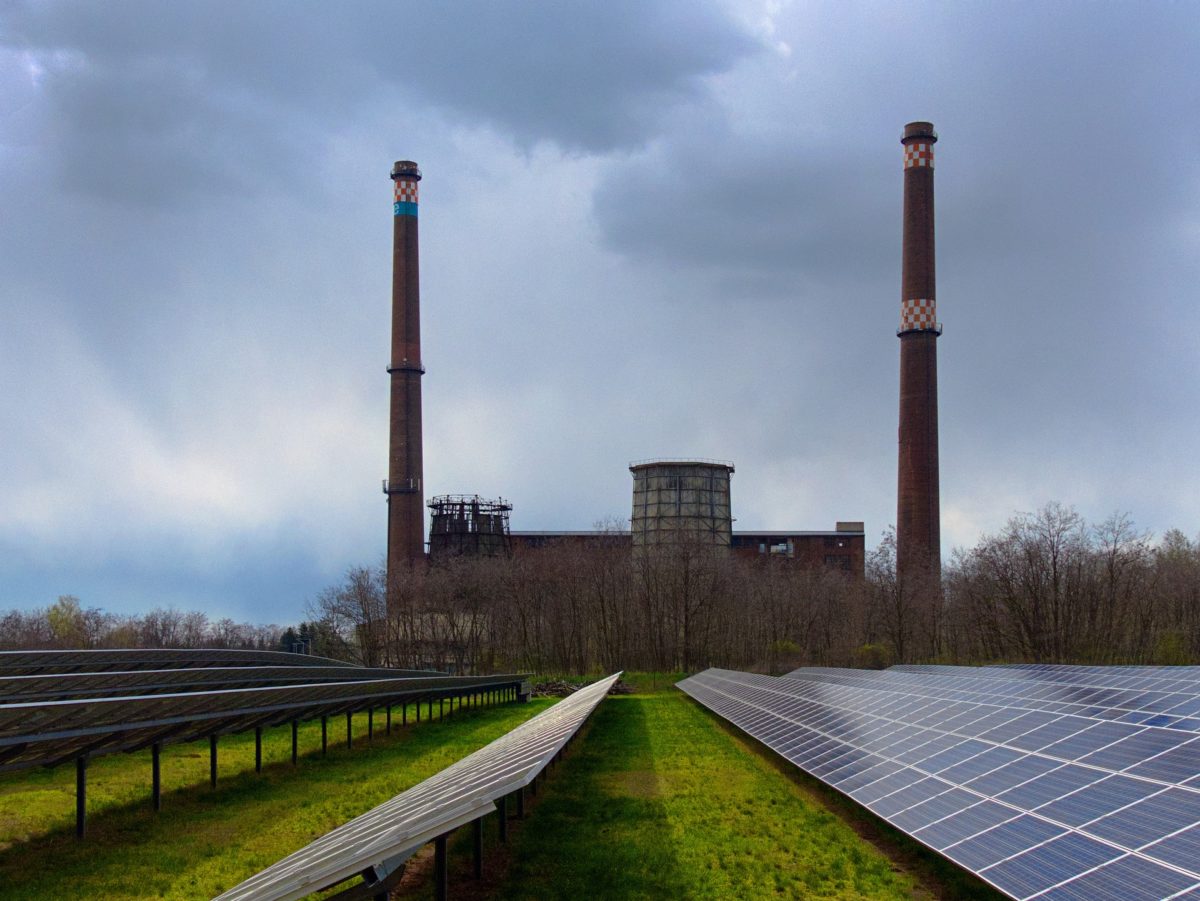
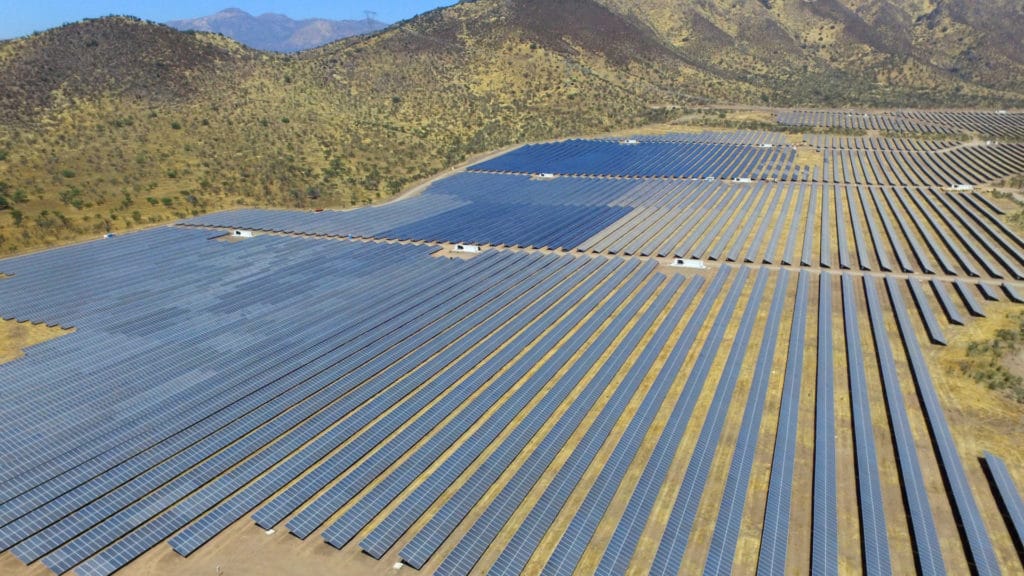



/cloudfront-us-east-2.images.arcpublishing.com/reuters/CQ7C3S3PMJNAHFJ4TUATYPZBVA.jpg)


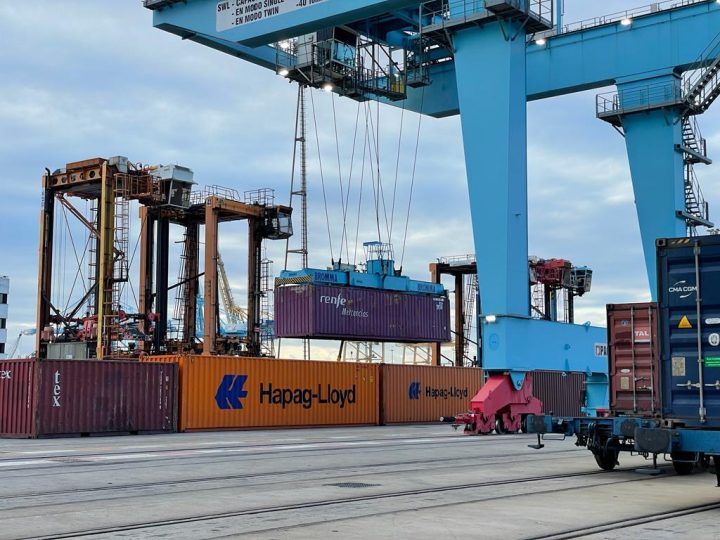
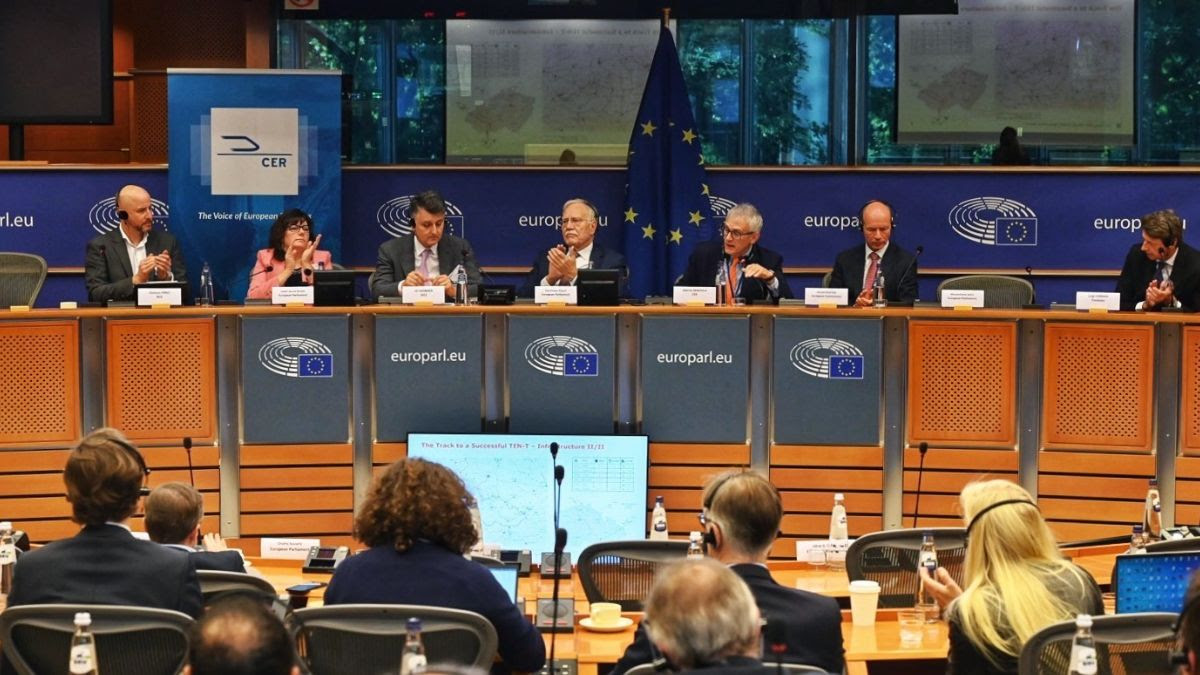
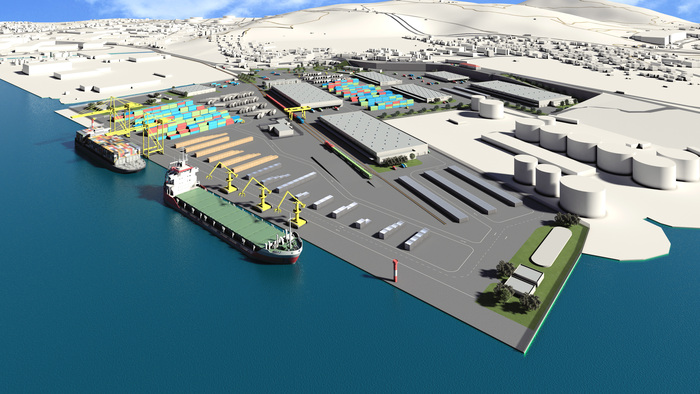
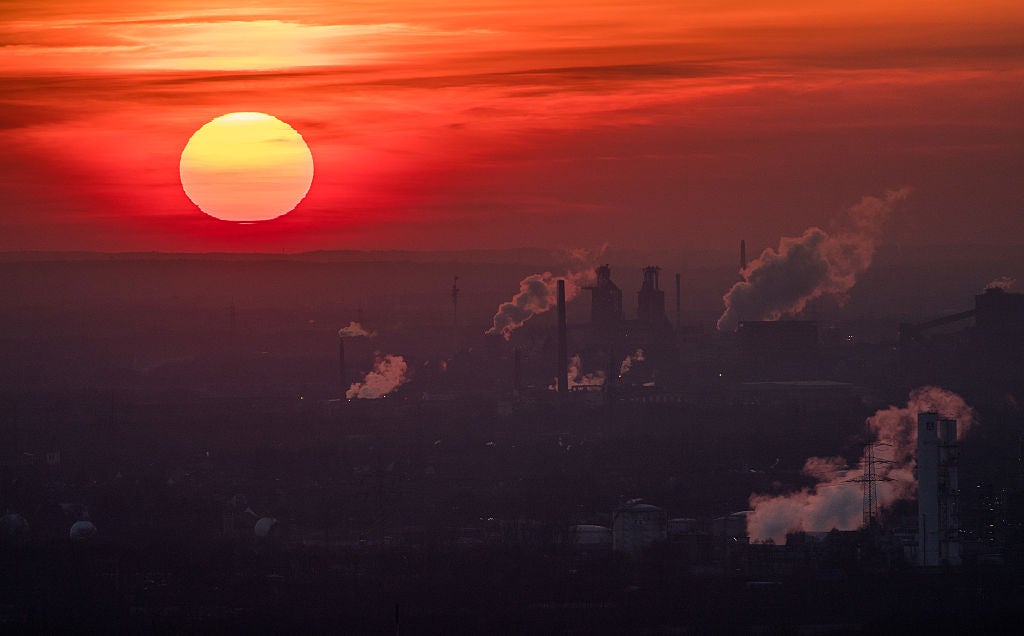
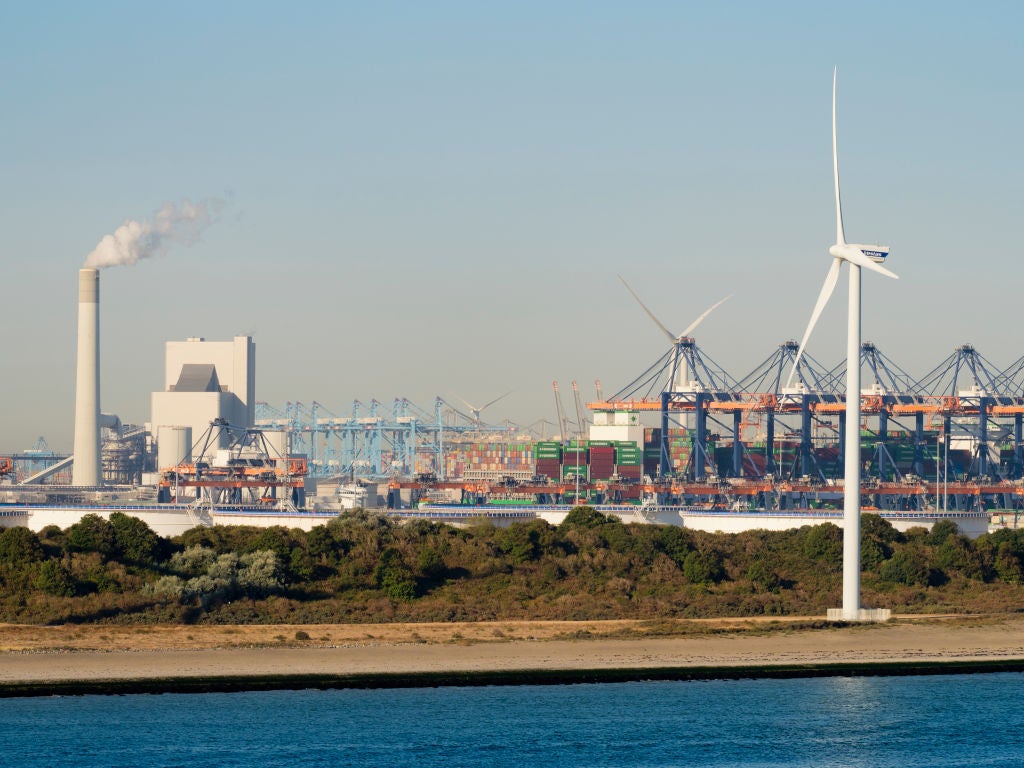
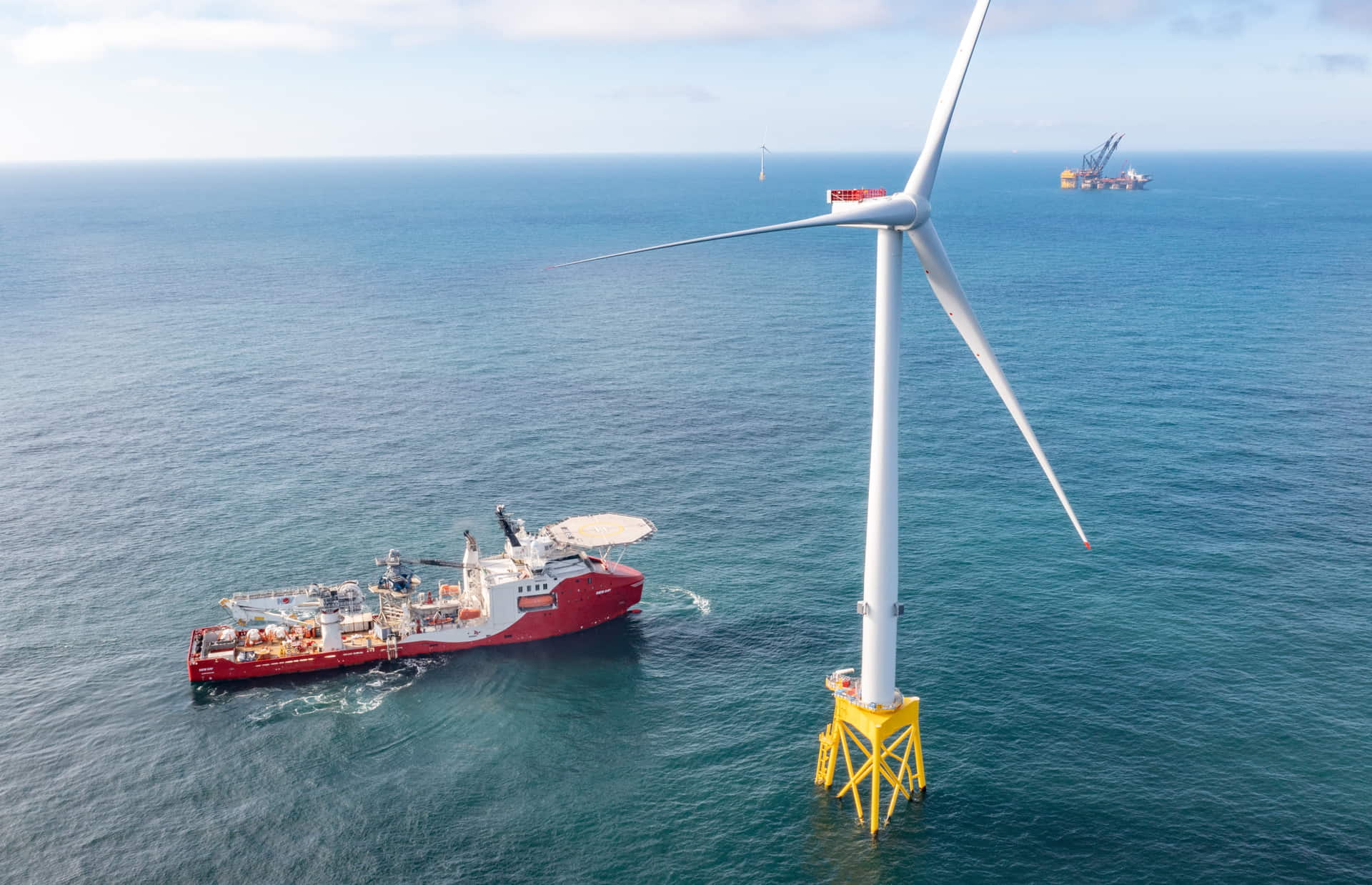
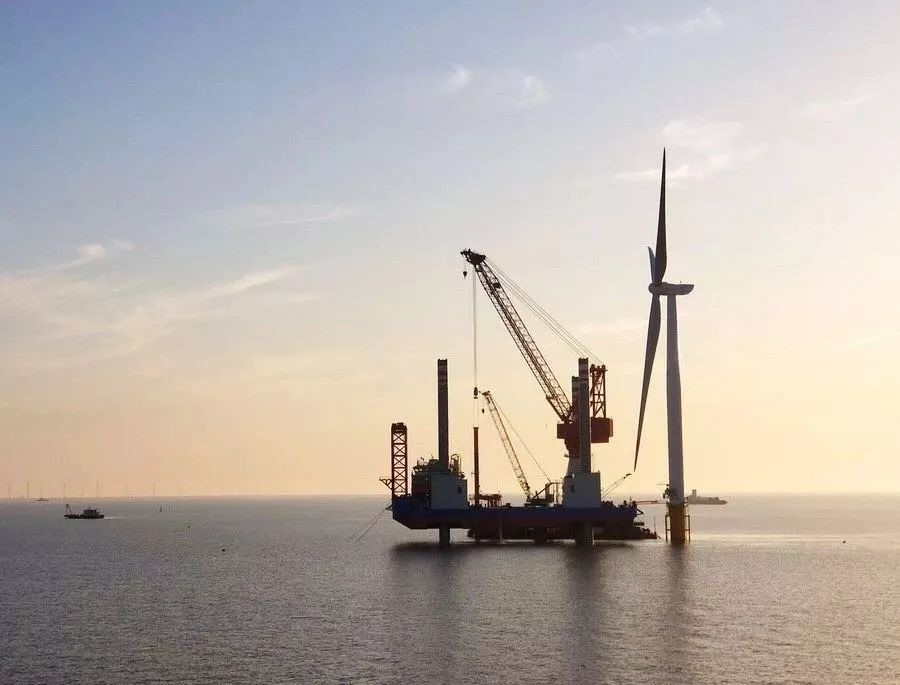
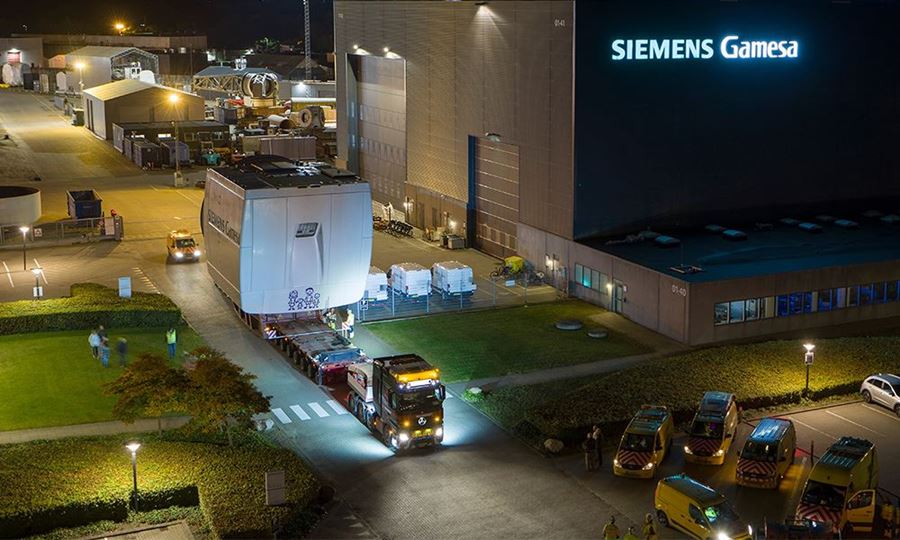
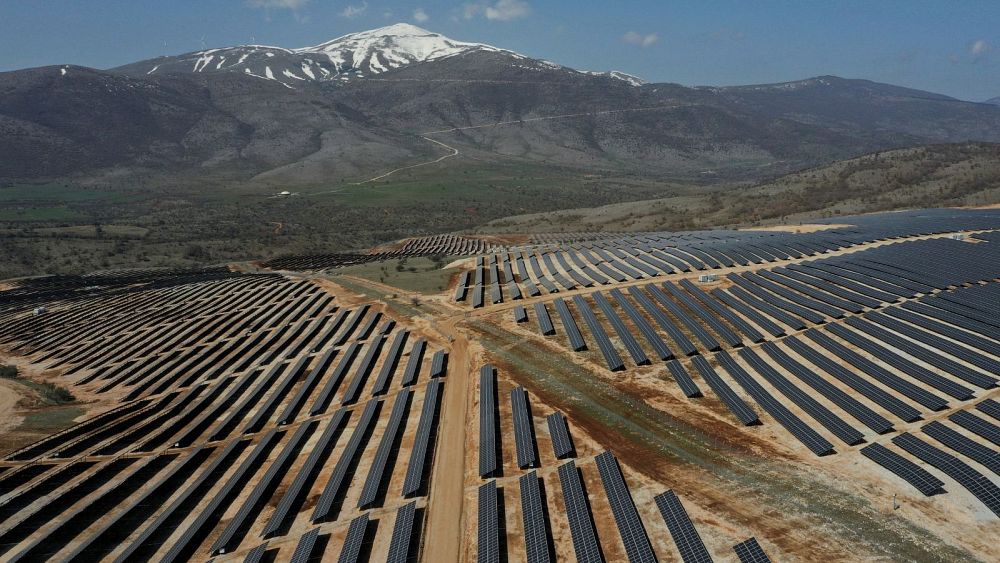
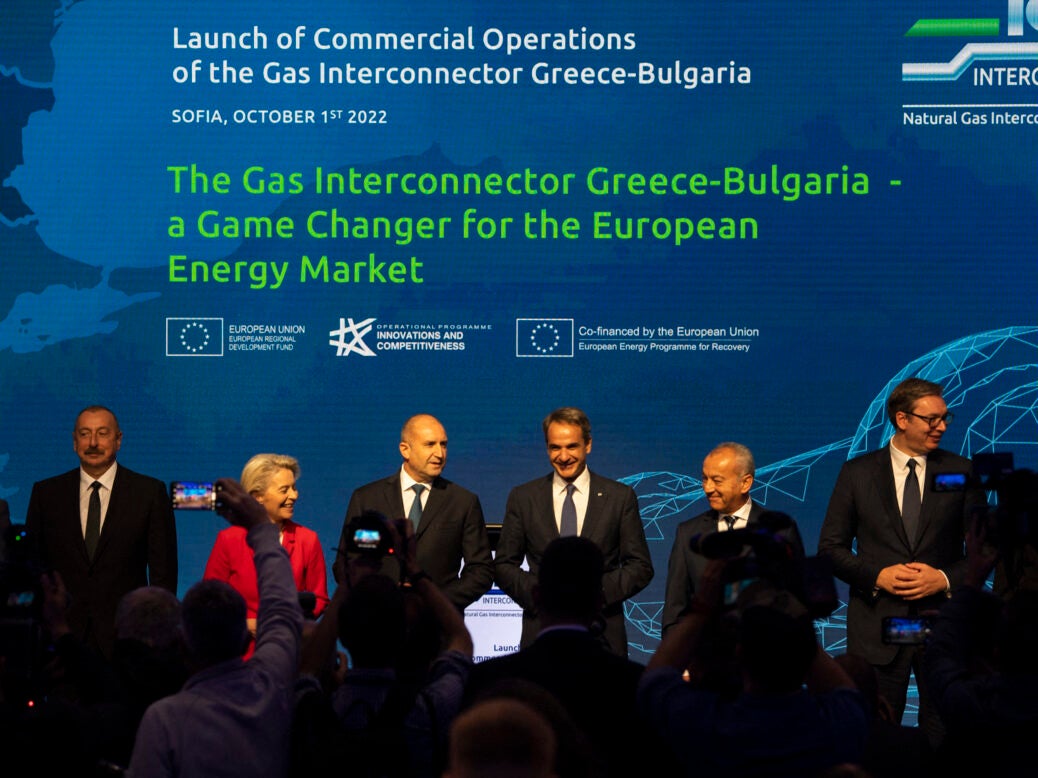
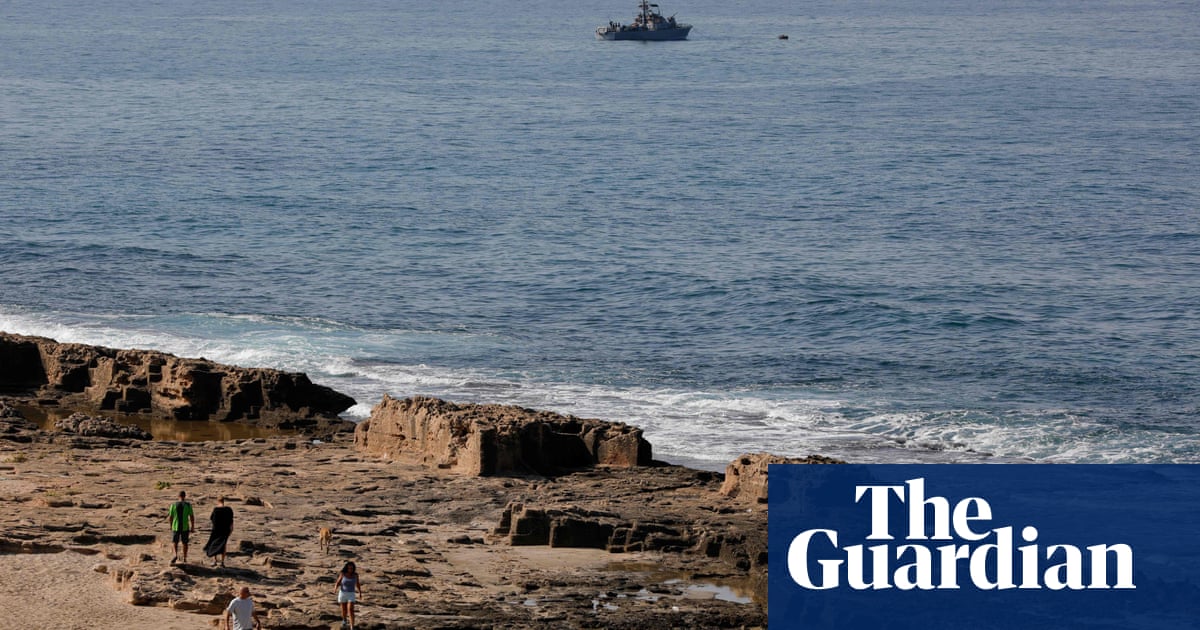

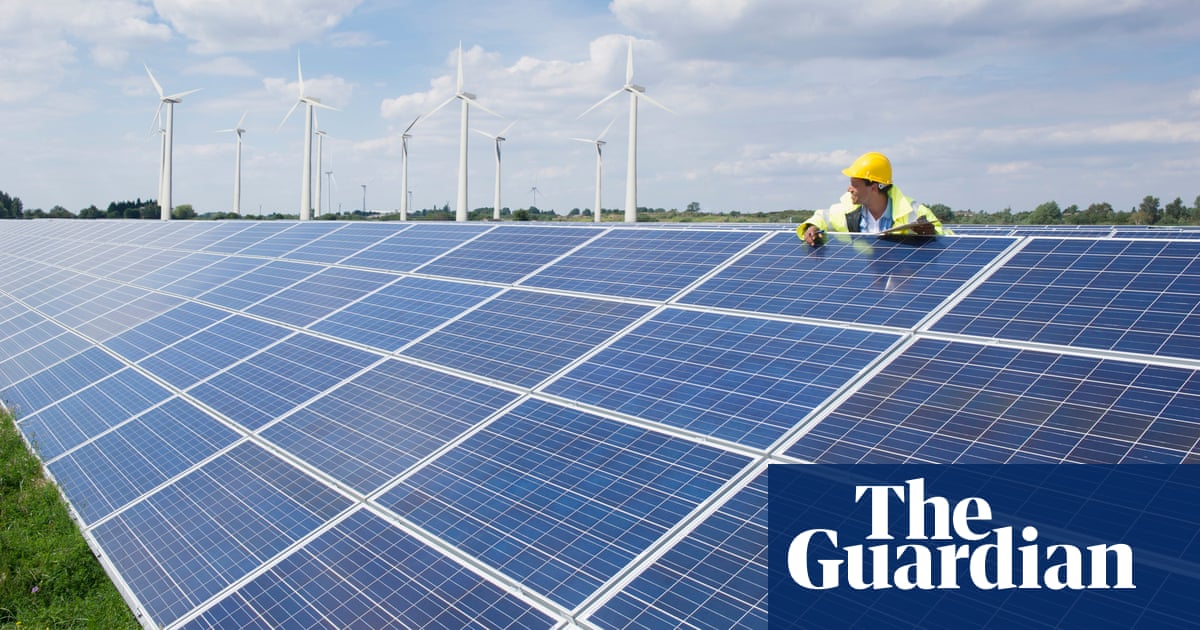
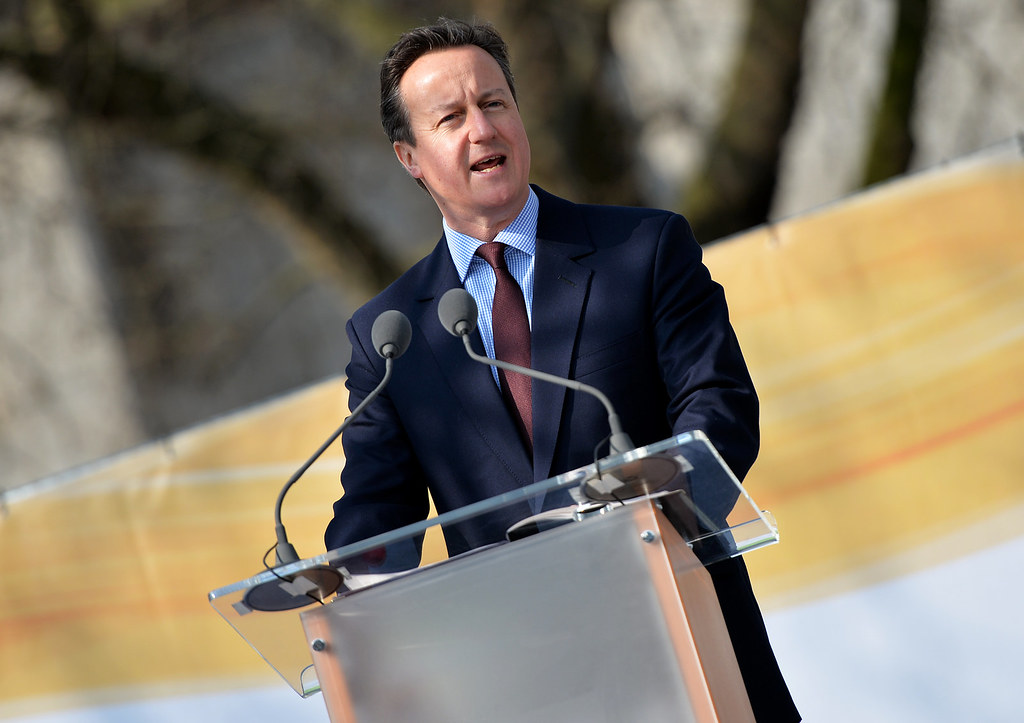
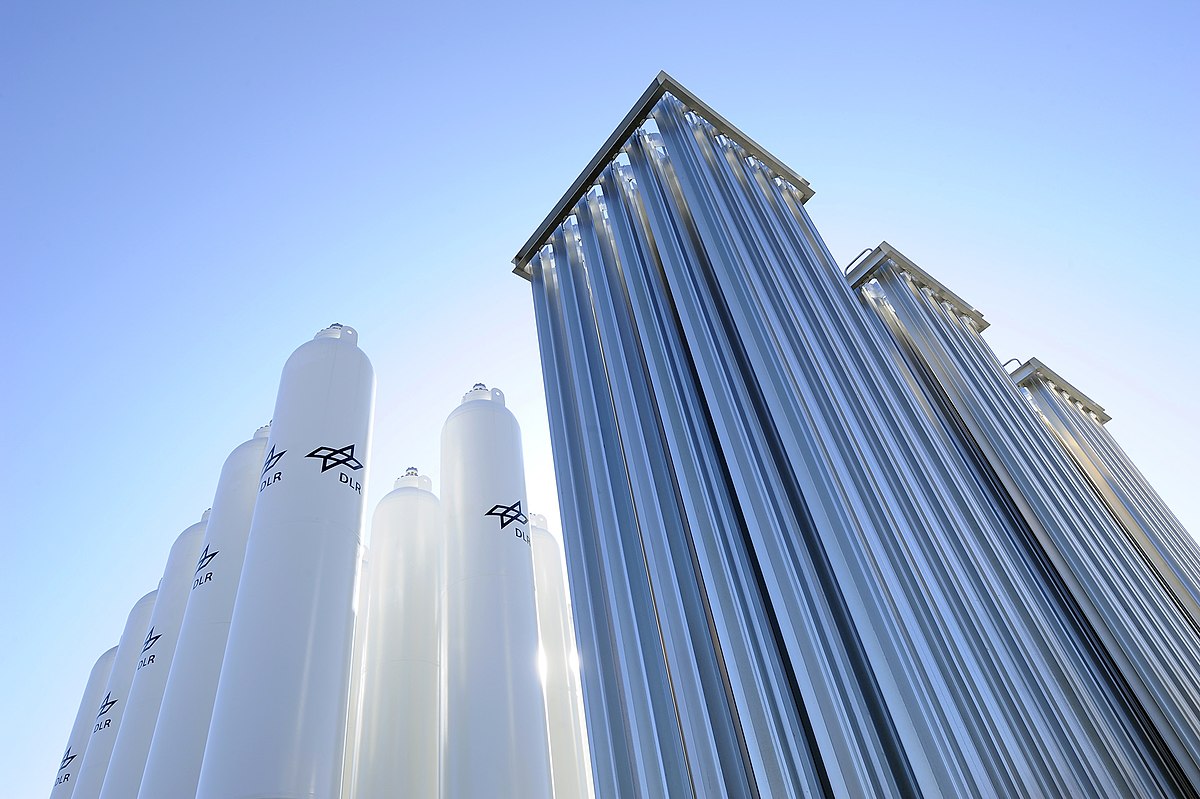
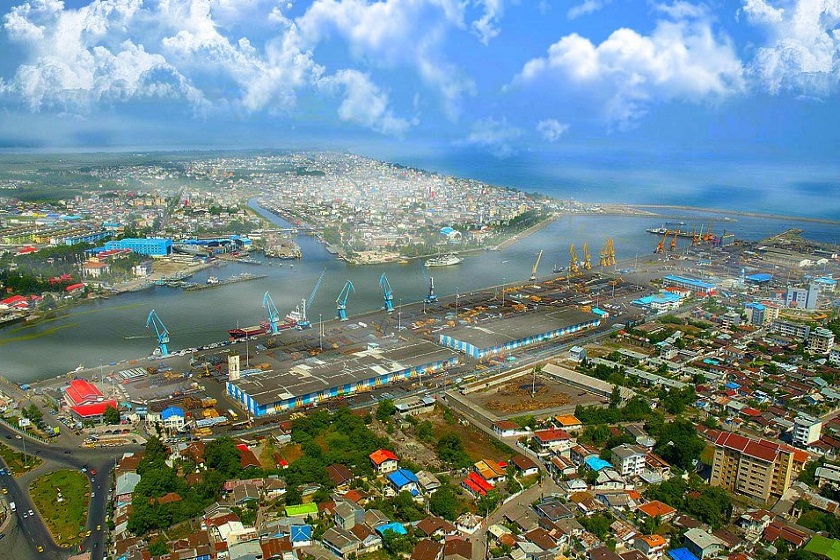


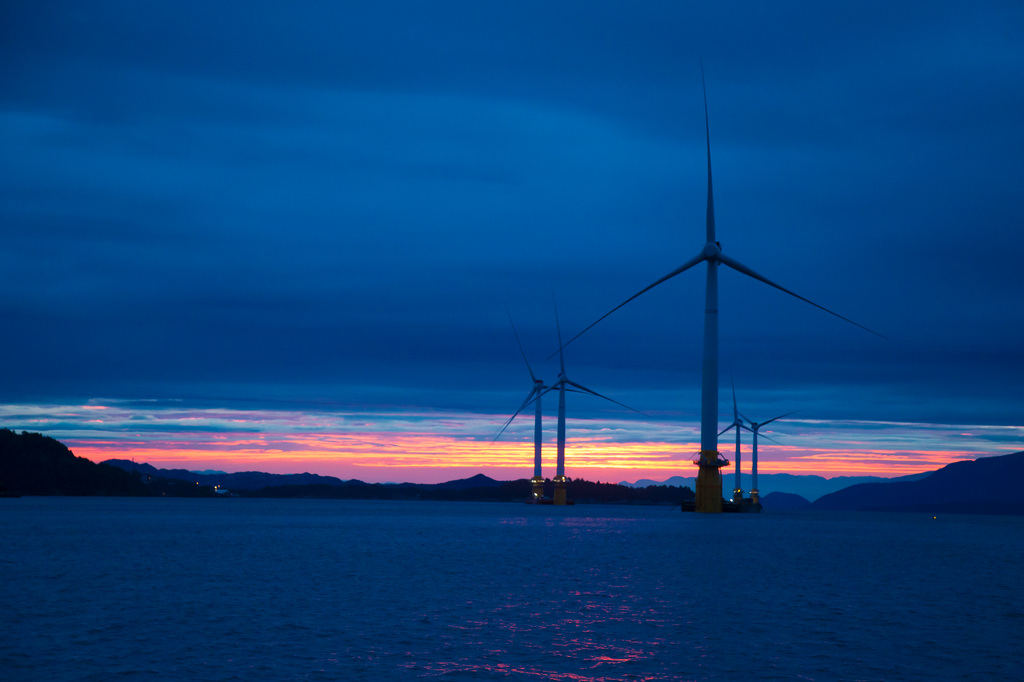
/cloudfront-us-east-2.images.arcpublishing.com/reuters/F4ZHPXW3VFOCVABYLZAMHMXTSM.jpg)
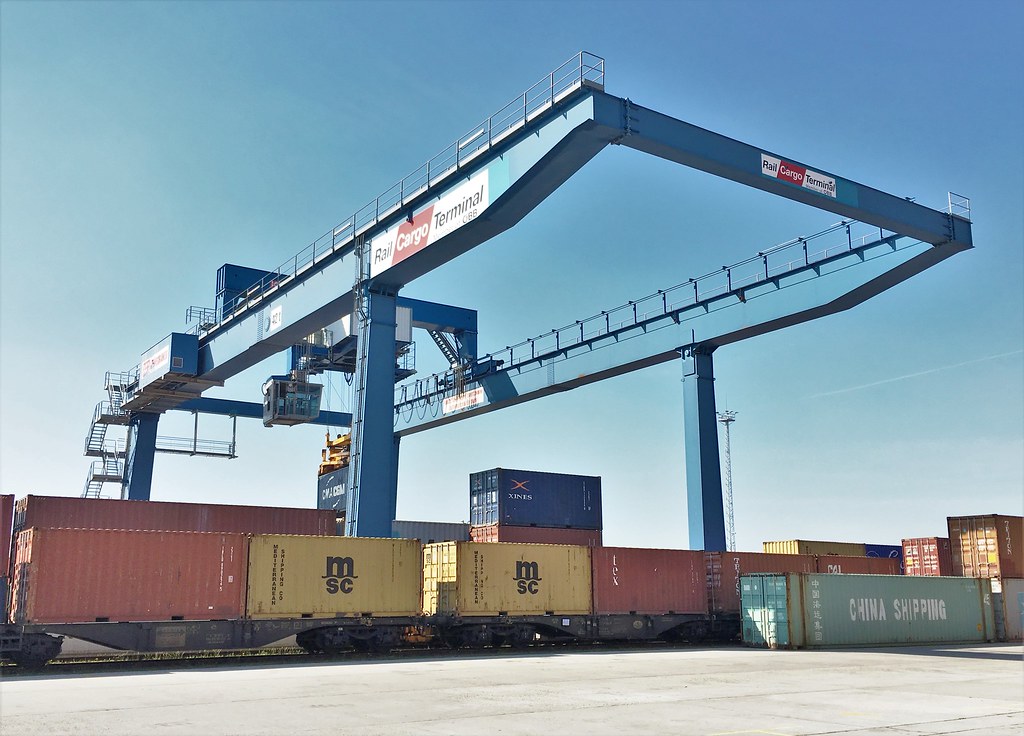


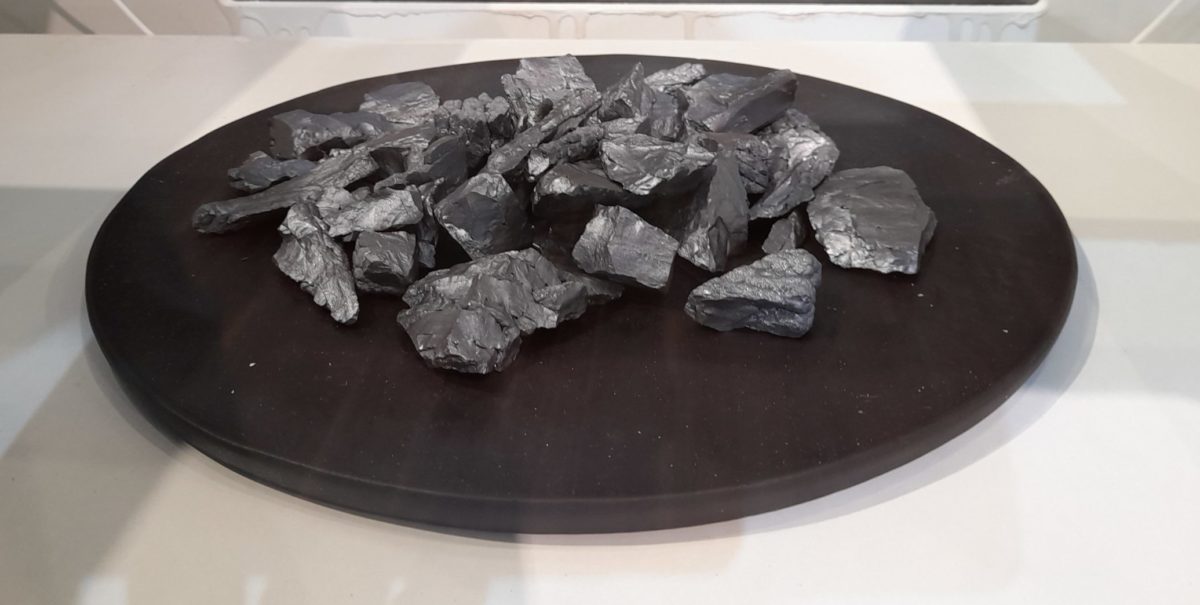

/cloudfront-us-east-2.images.arcpublishing.com/reuters/QYZWSGAZZJJ2LB7HCA6MELVOVU.jpg)
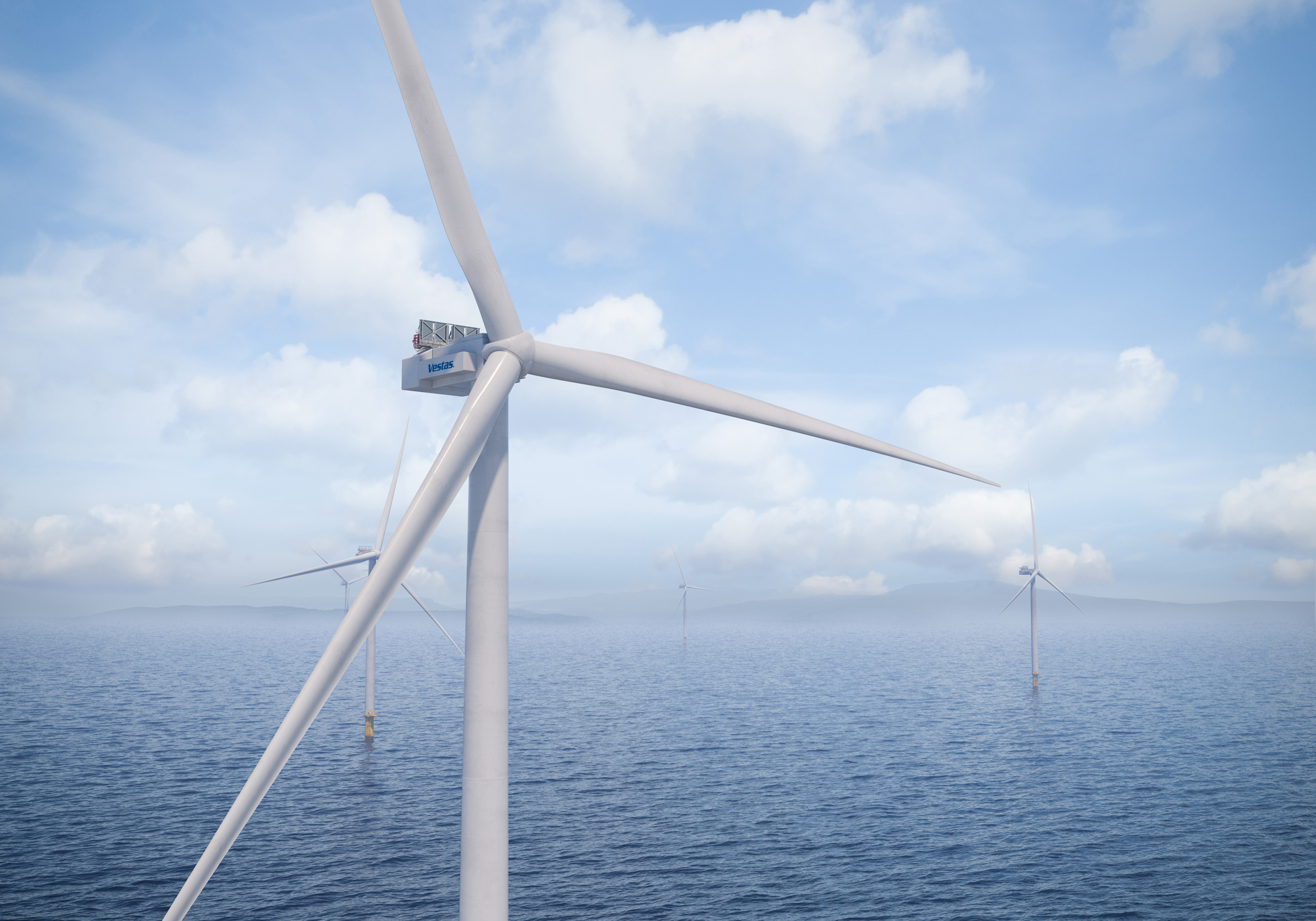
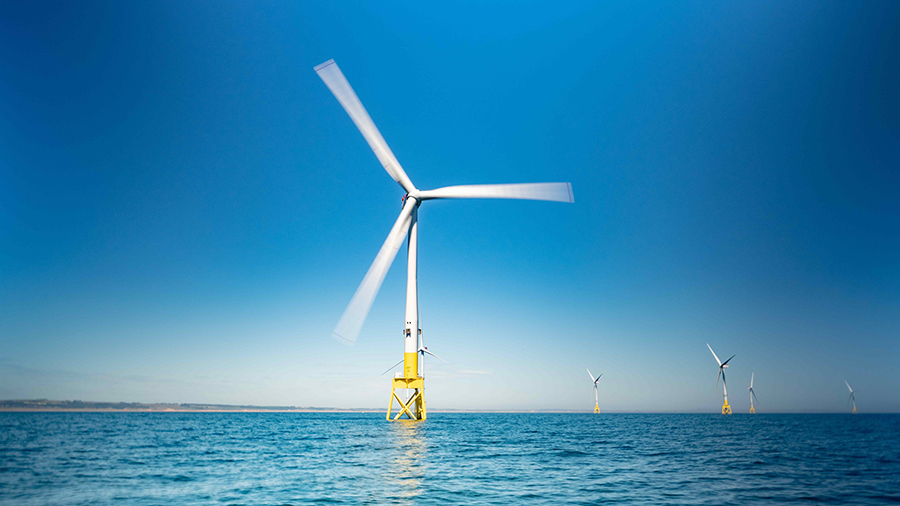
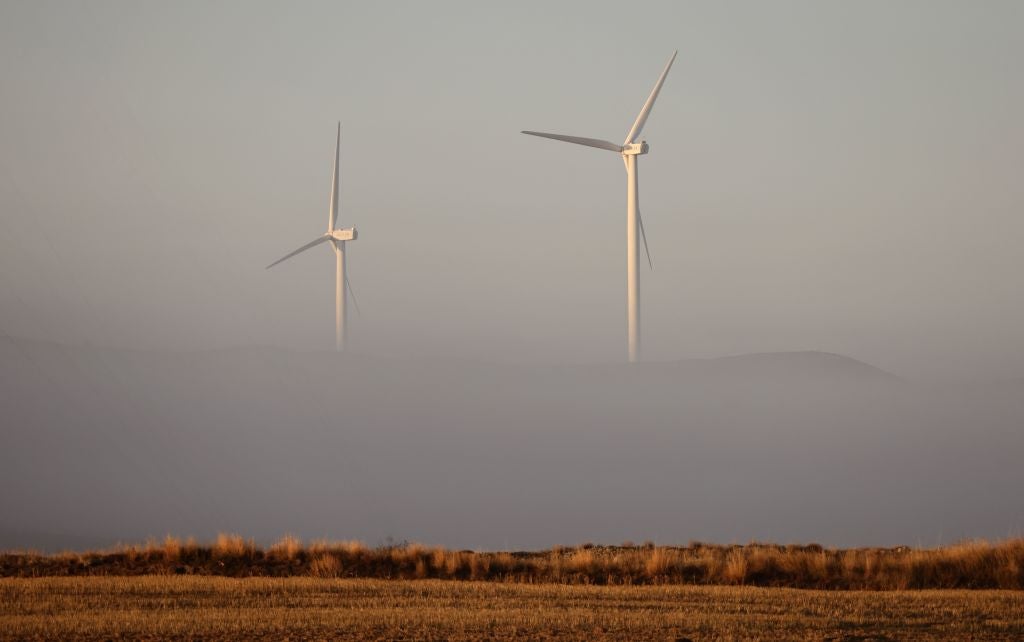










/cloudfront-us-east-2.images.arcpublishing.com/reuters/ASFTJ56LF5PZPF6BOTENKMT7ZA.jpg)
/cloudfront-us-east-2.images.arcpublishing.com/reuters/GFLFG4PNSBKAPD2HRHOCH6EX2U.jpg)
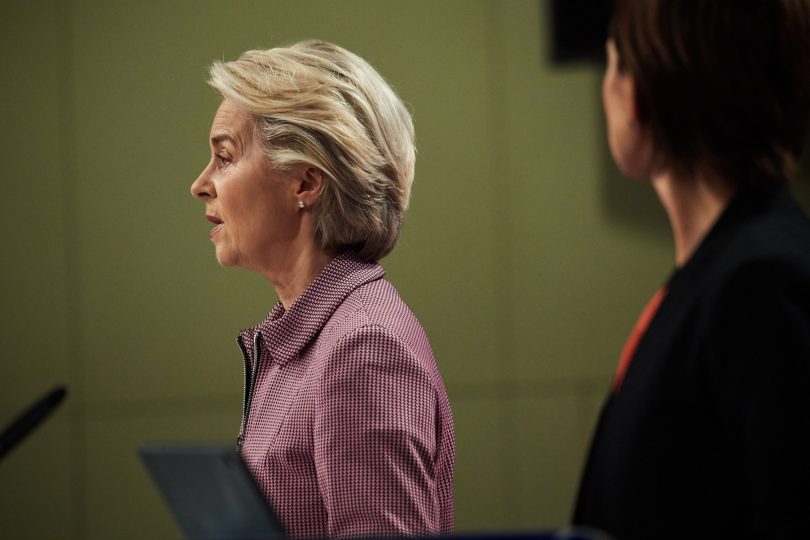

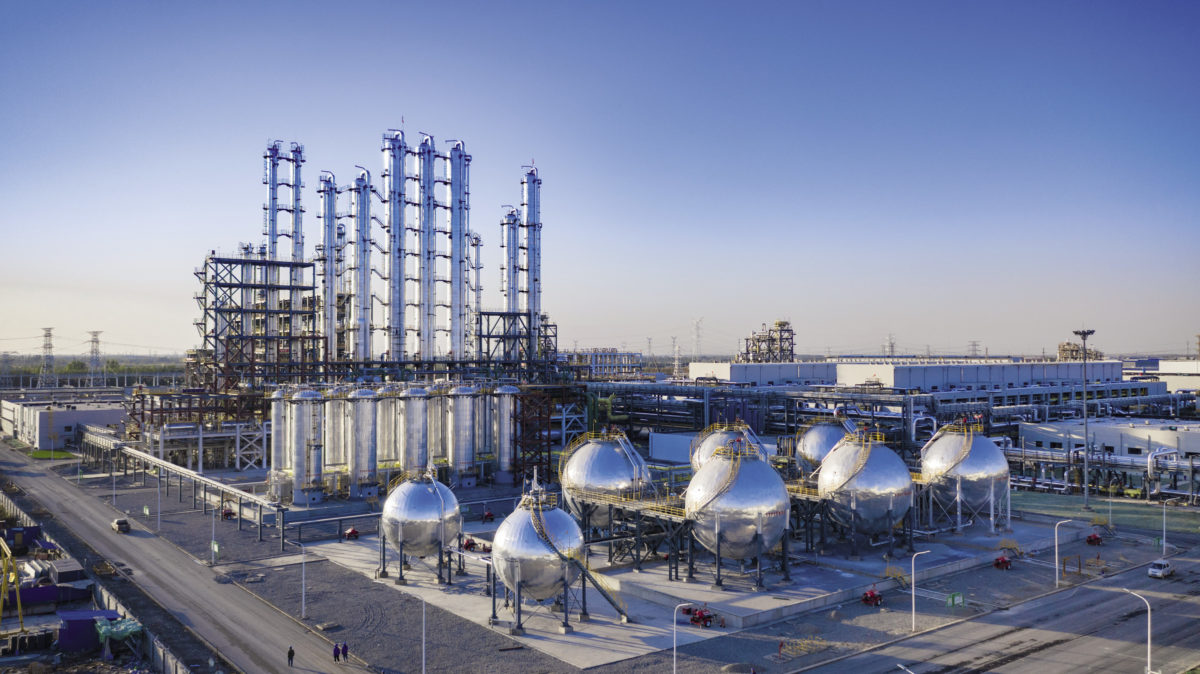

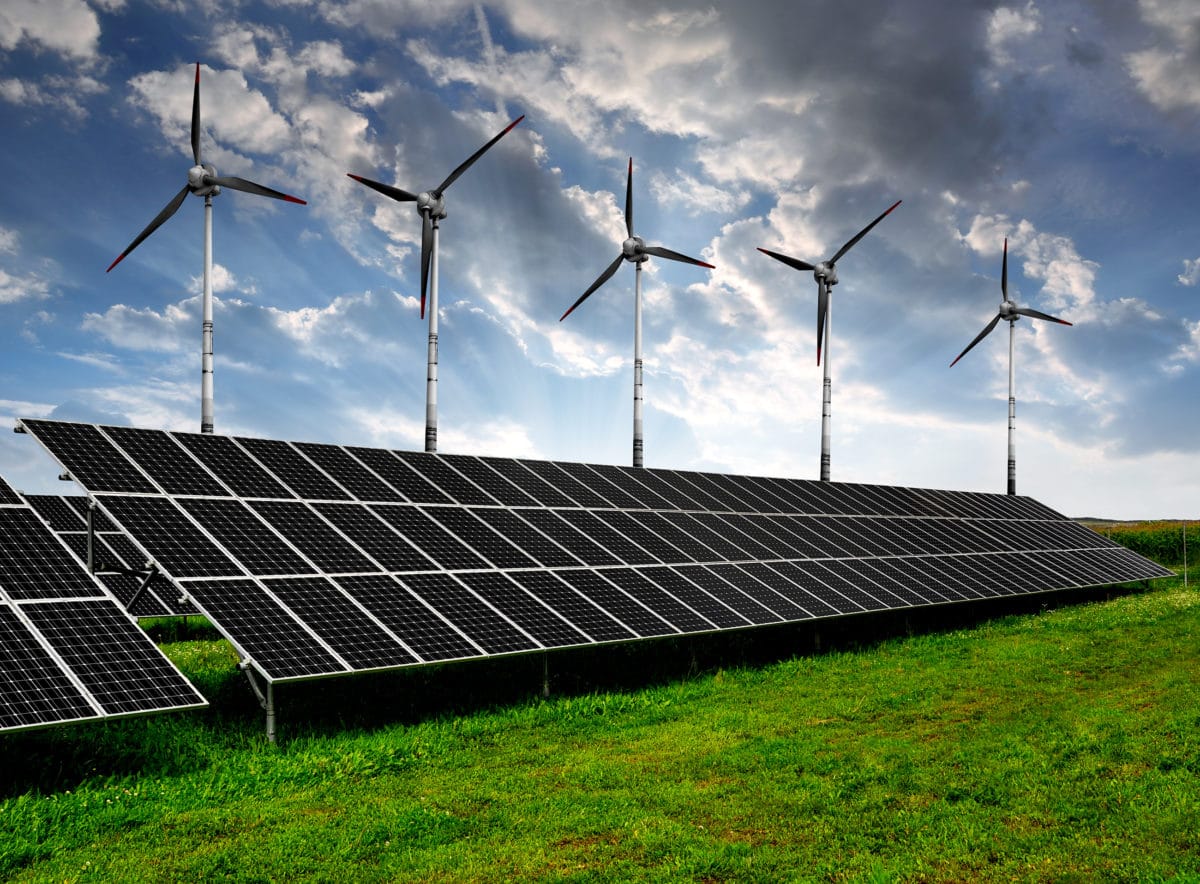
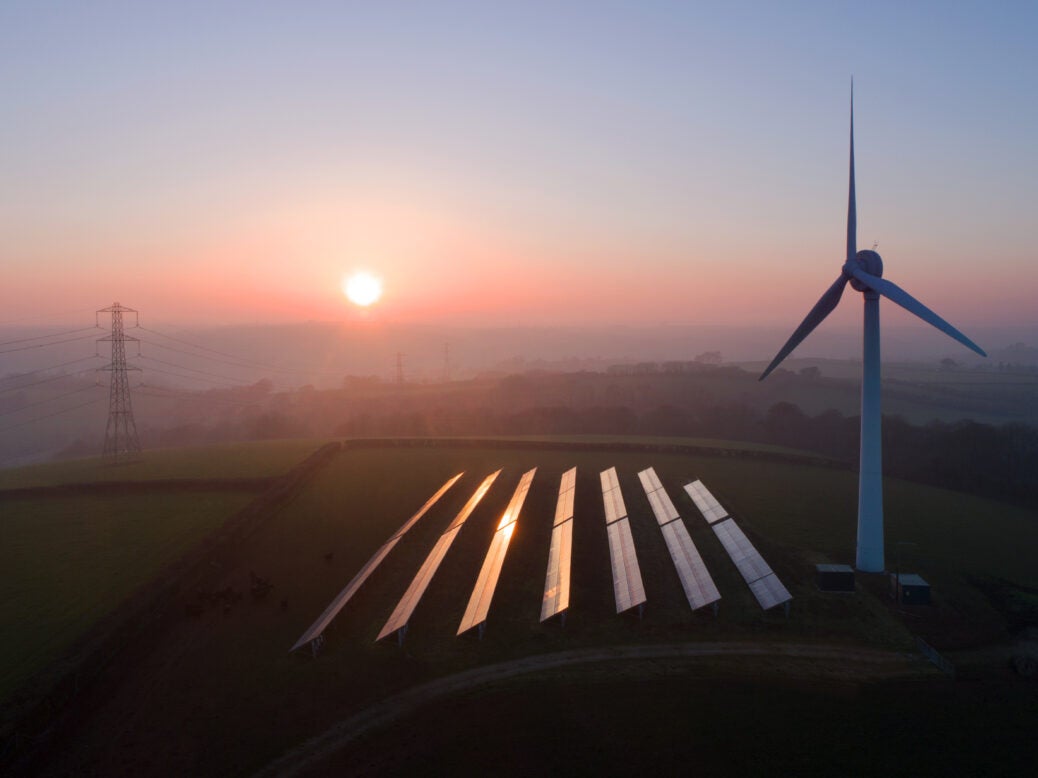

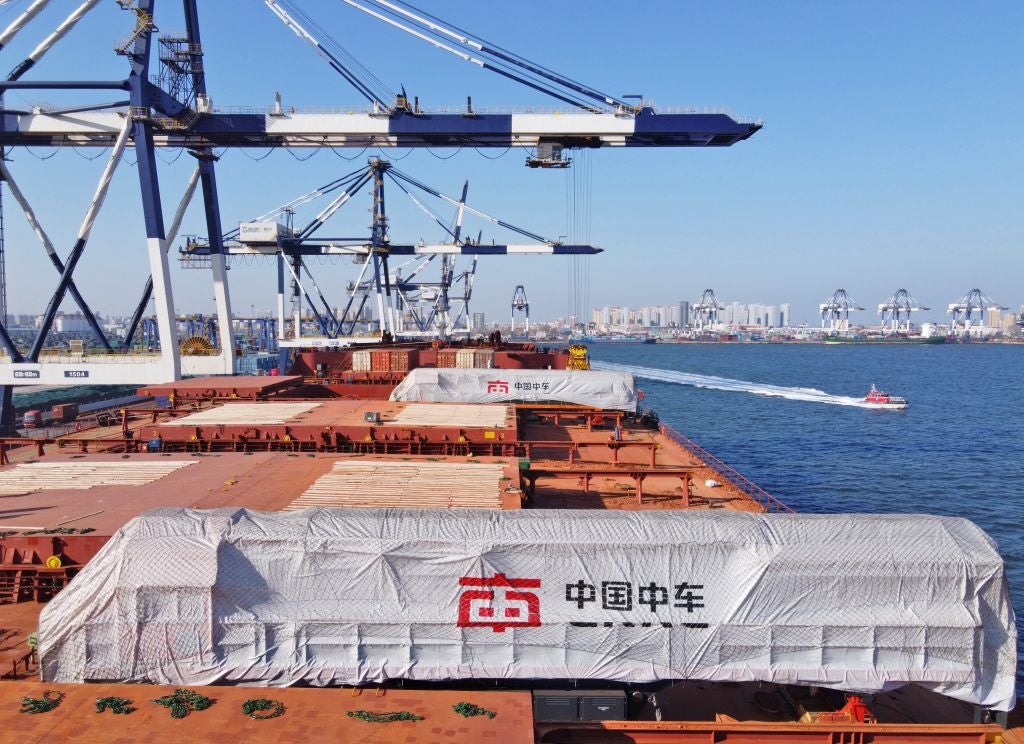
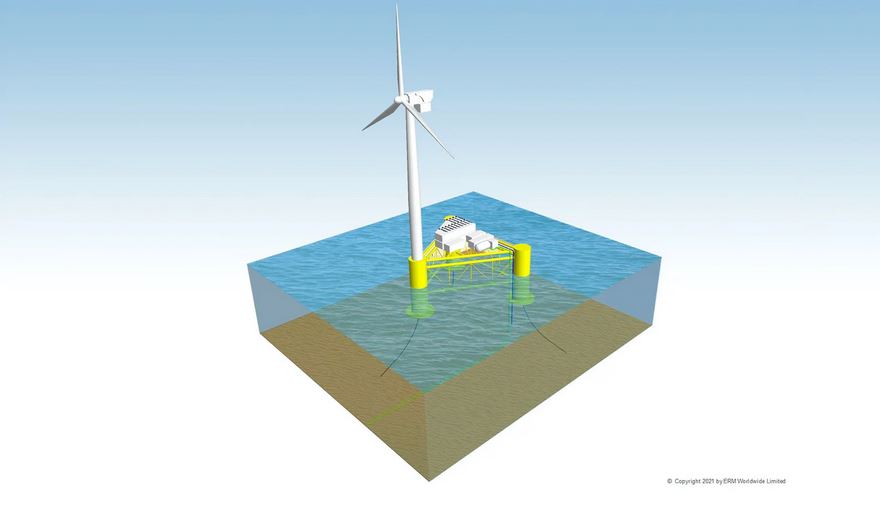

/cloudfront-us-east-2.images.arcpublishing.com/reuters/Y4KPZGCFGVNSVA7XQ6FIXP35IA.jpg)
/cloudfront-us-east-2.images.arcpublishing.com/reuters/NFFSNMHGX5O4HOX352ORXHCTWI.jpg)
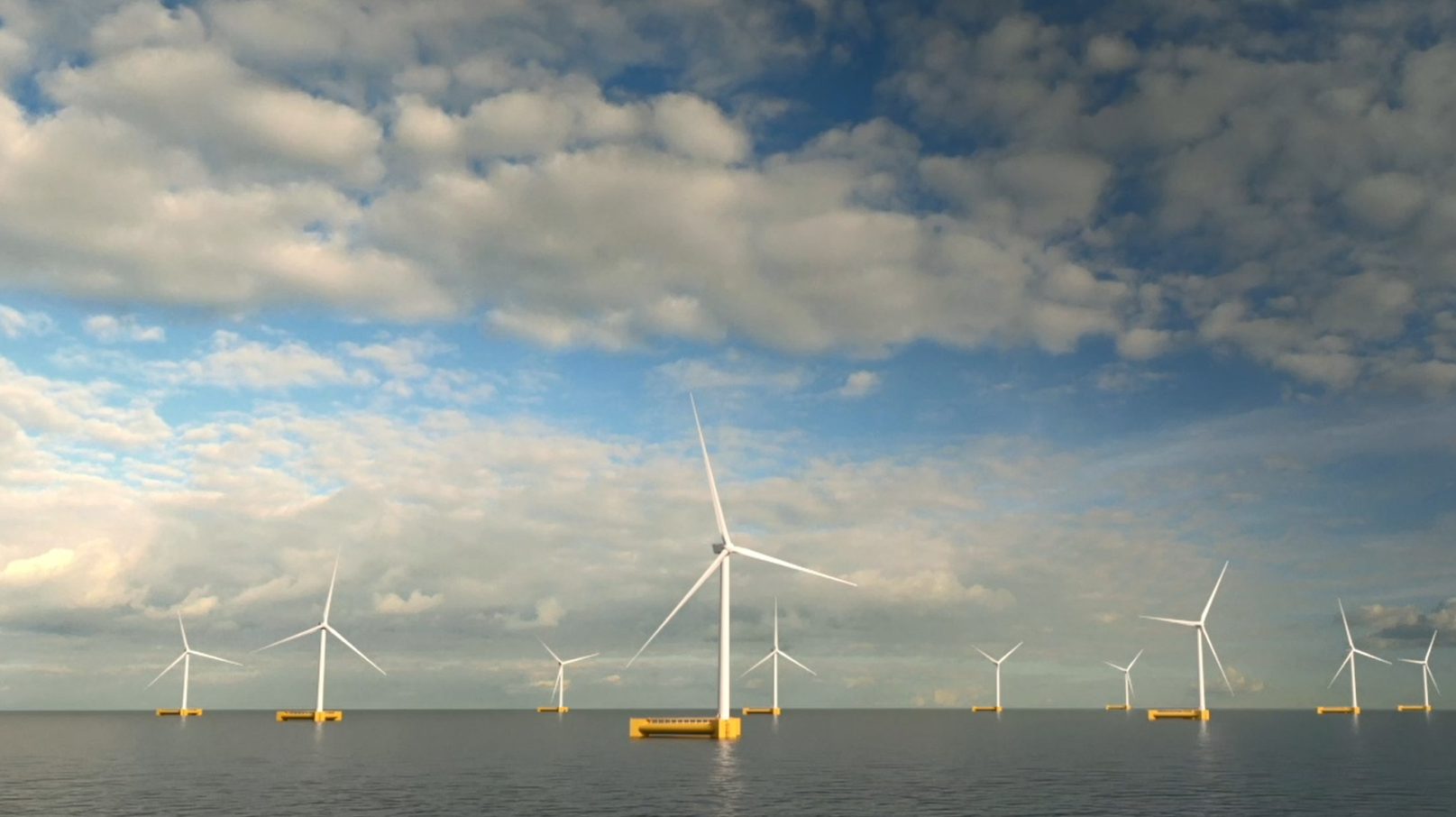

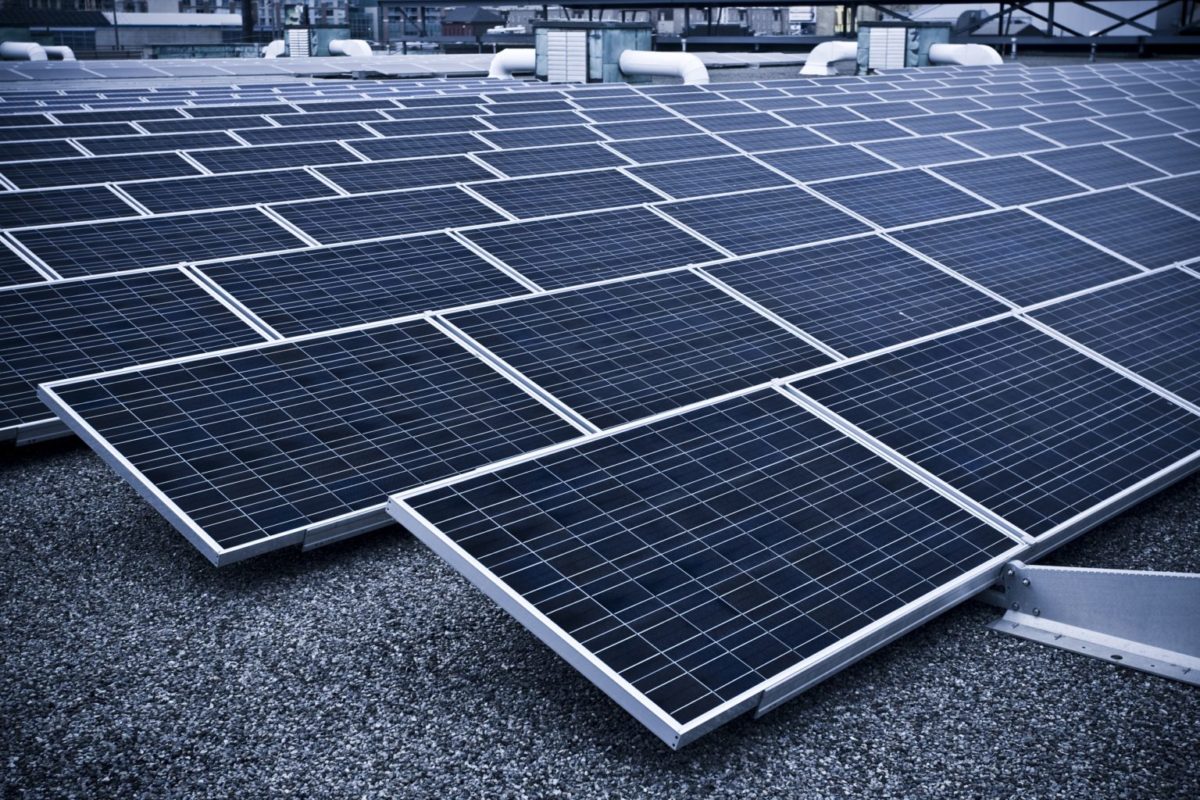


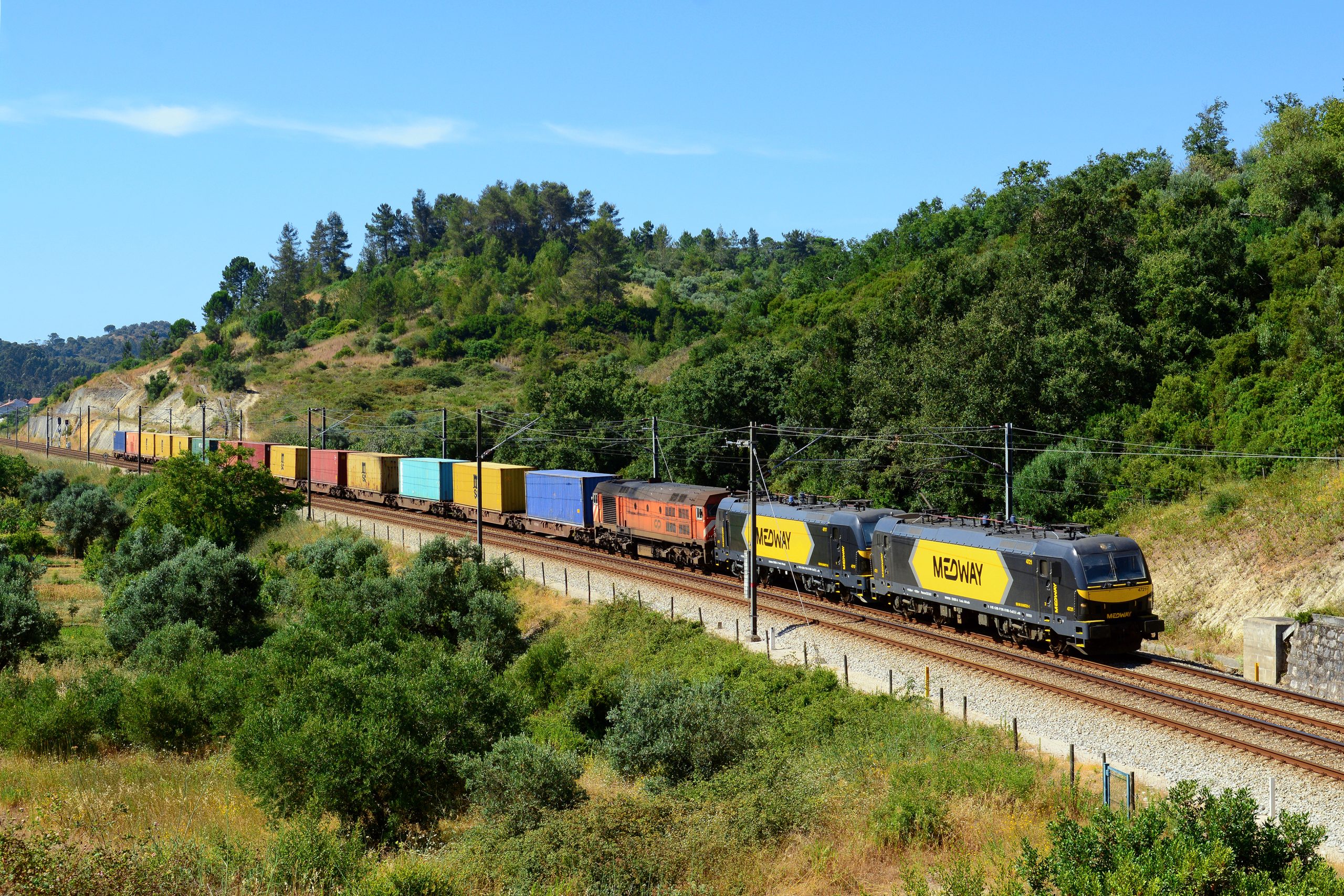
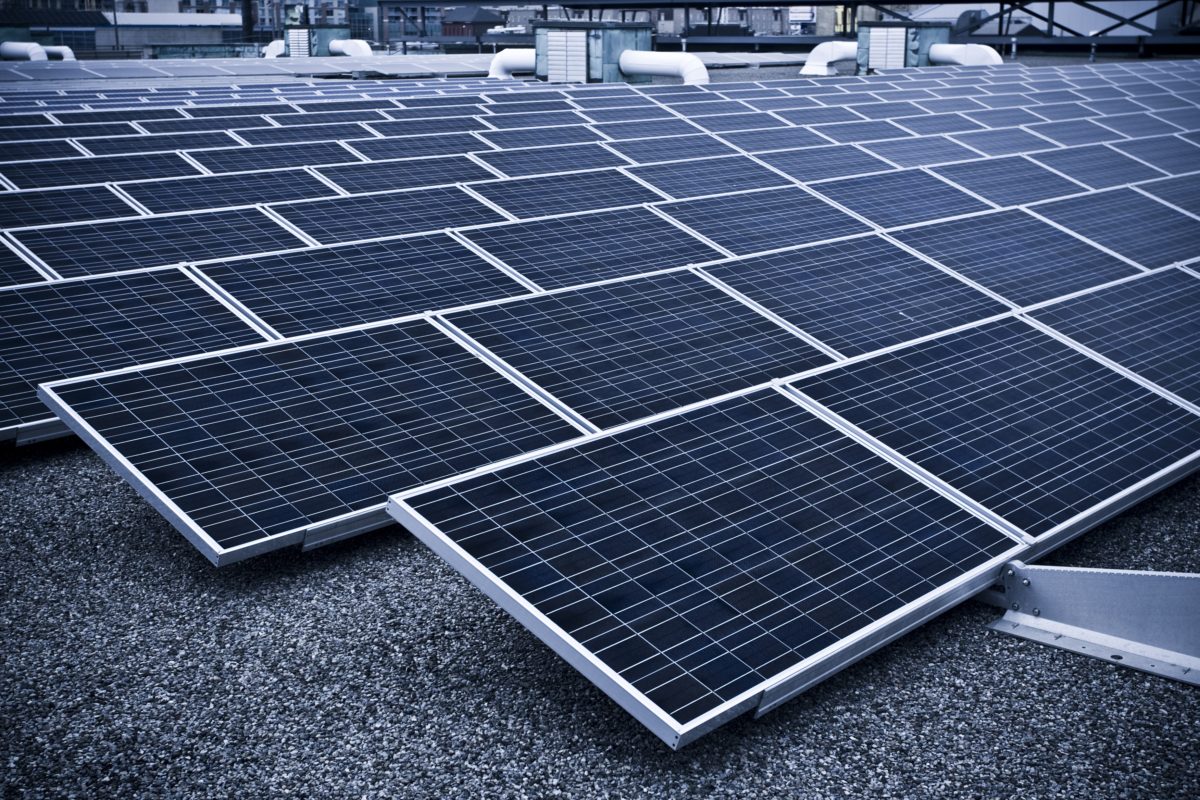

/cloudfront-us-east-2.images.arcpublishing.com/reuters/5TQ3LYI4RBLKTCSLFT4PLERH4I.jpg)


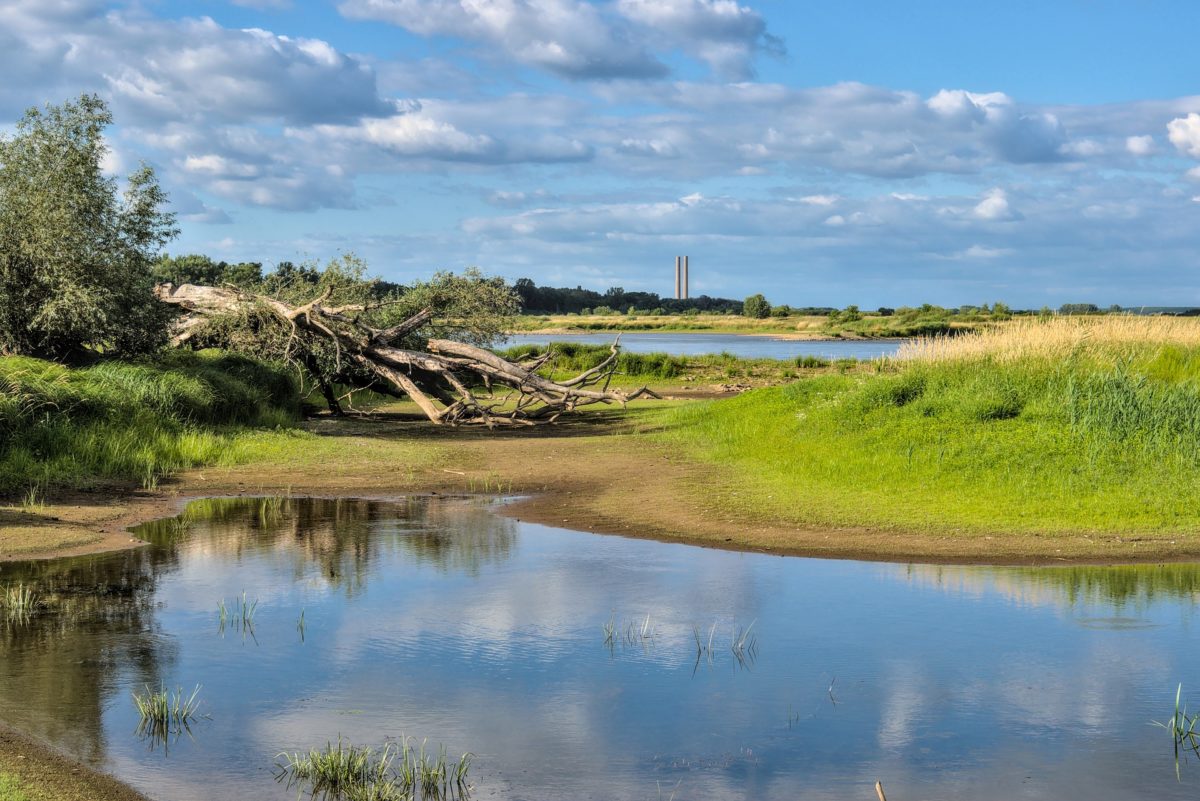
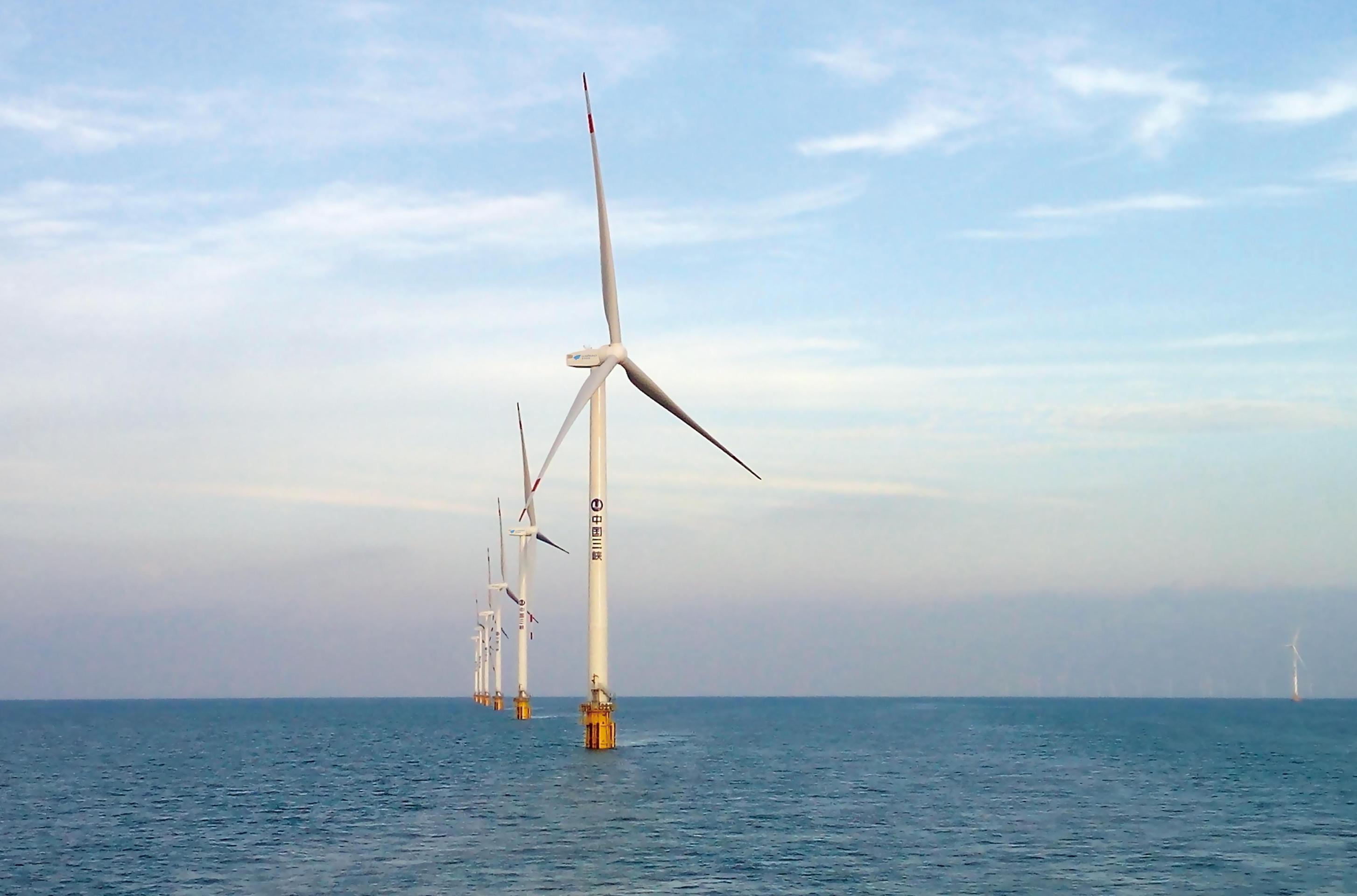


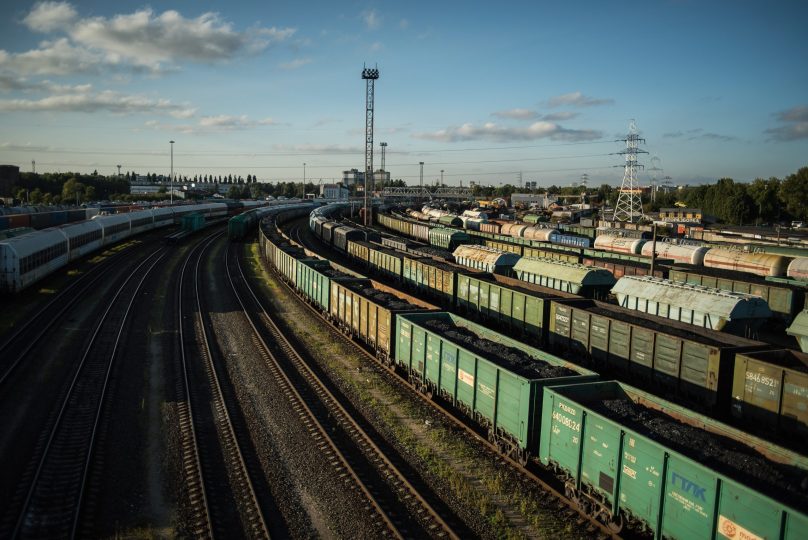

/cloudfront-us-east-2.images.arcpublishing.com/reuters/O5TLV4IG6VOAPNT2RRXJVXIBTU.jpg)
